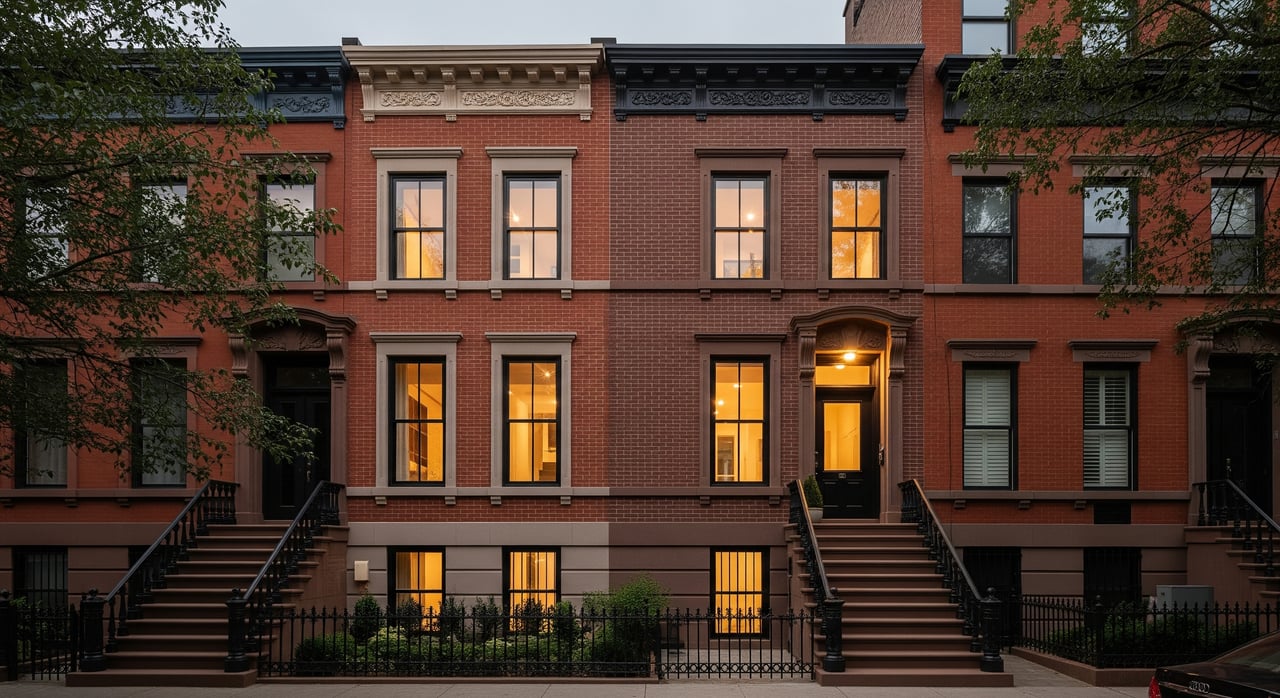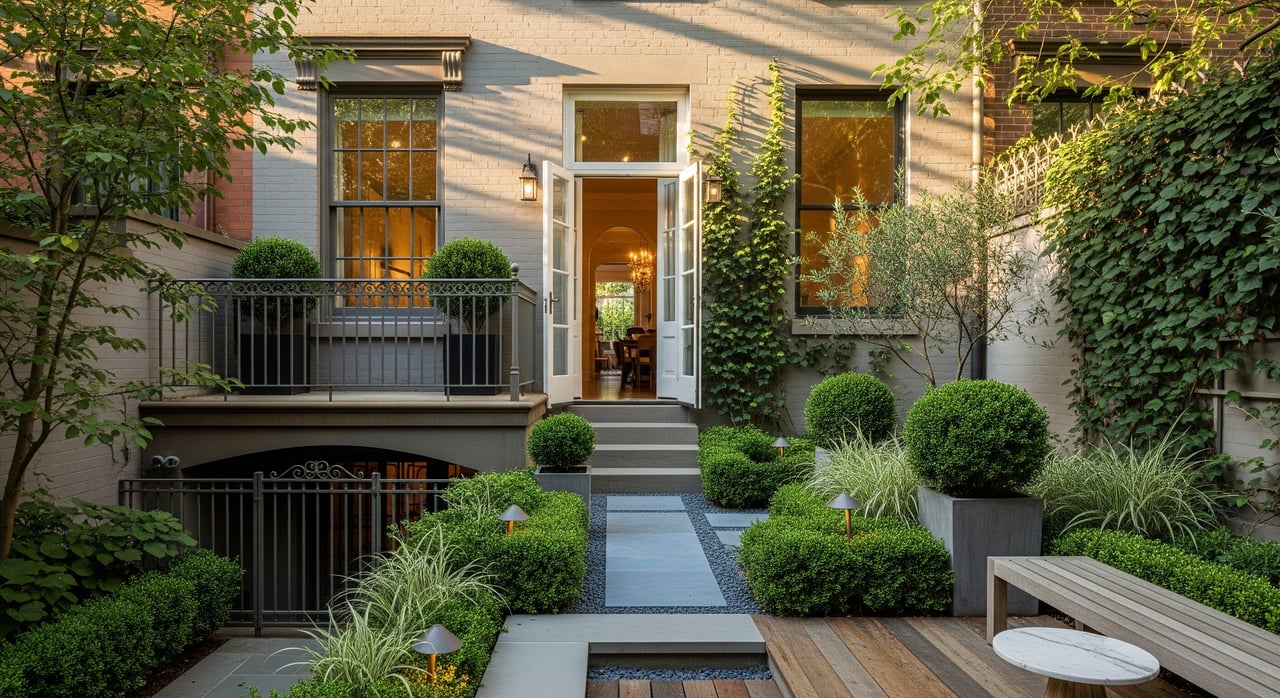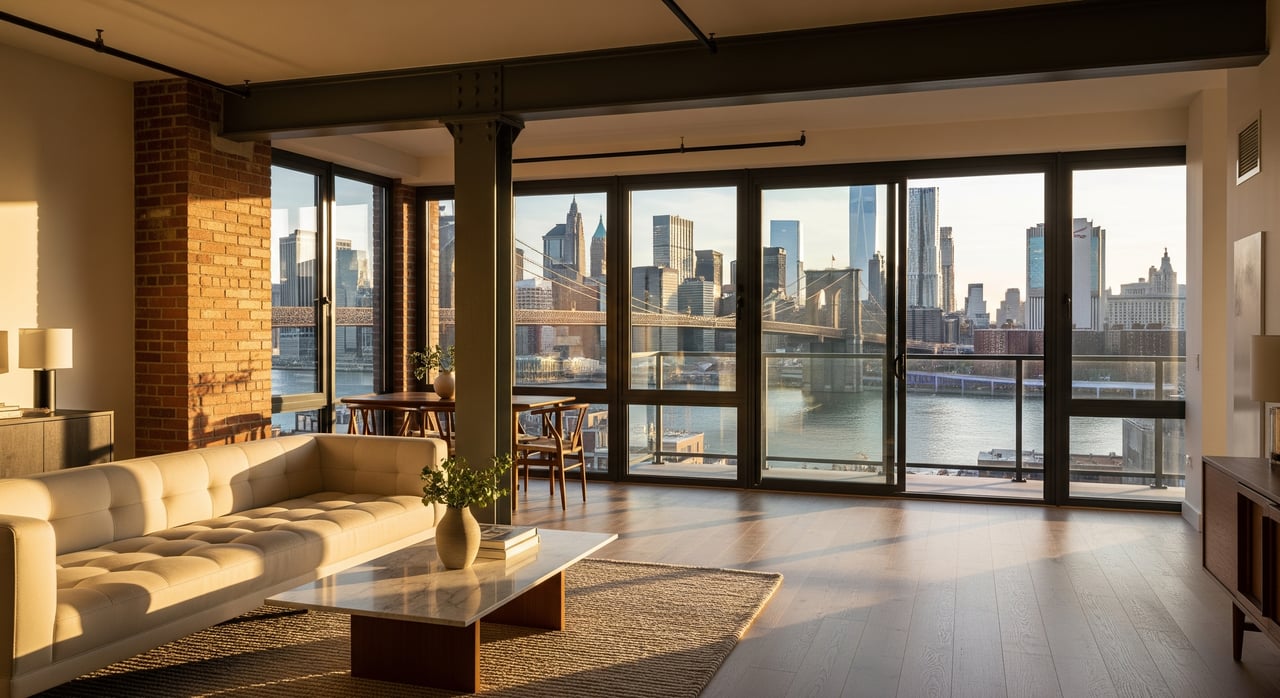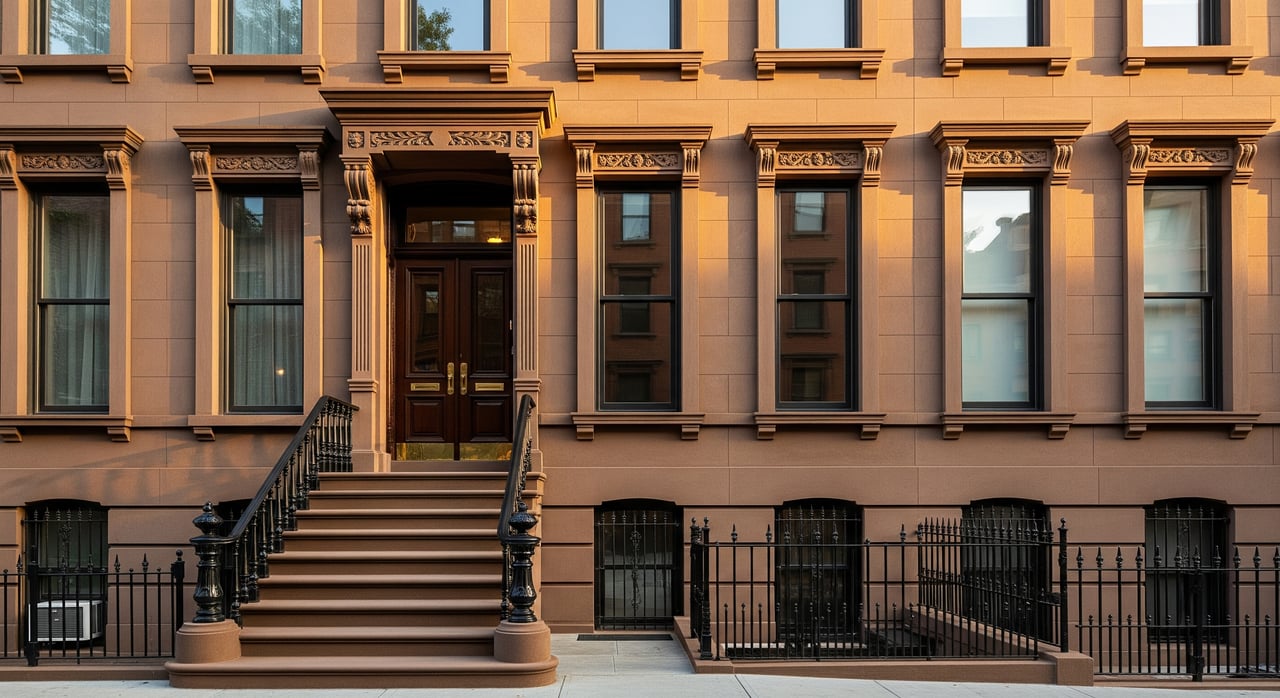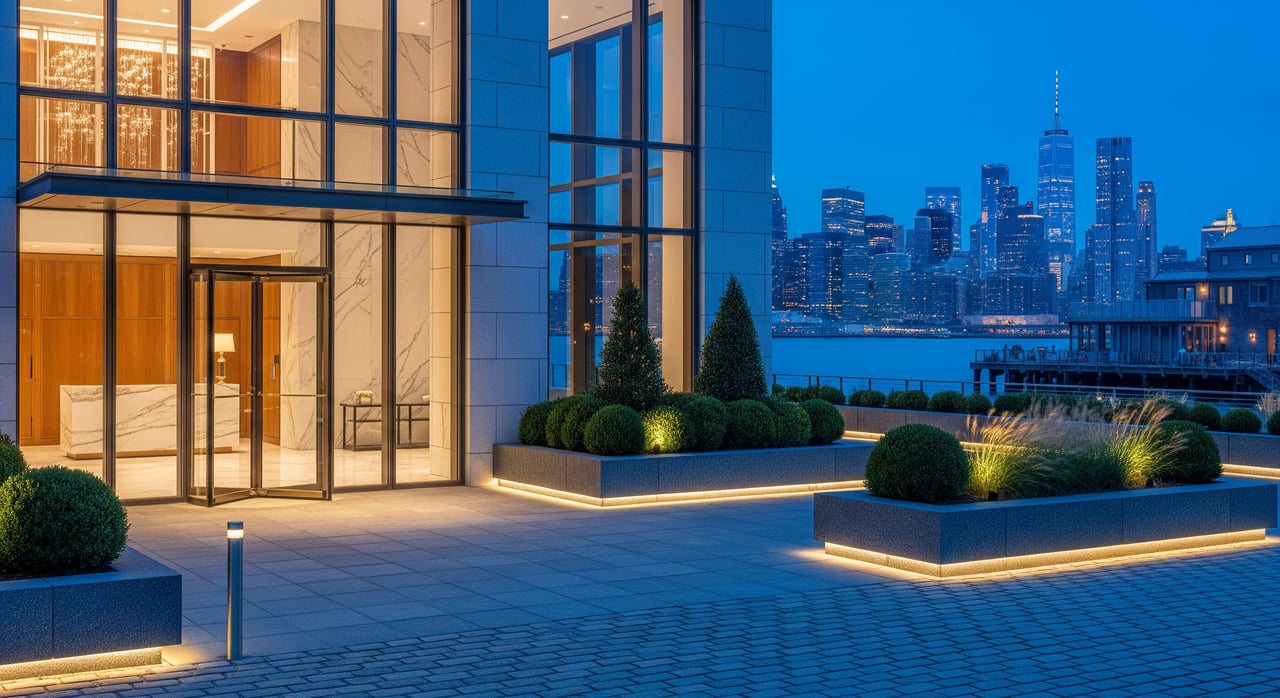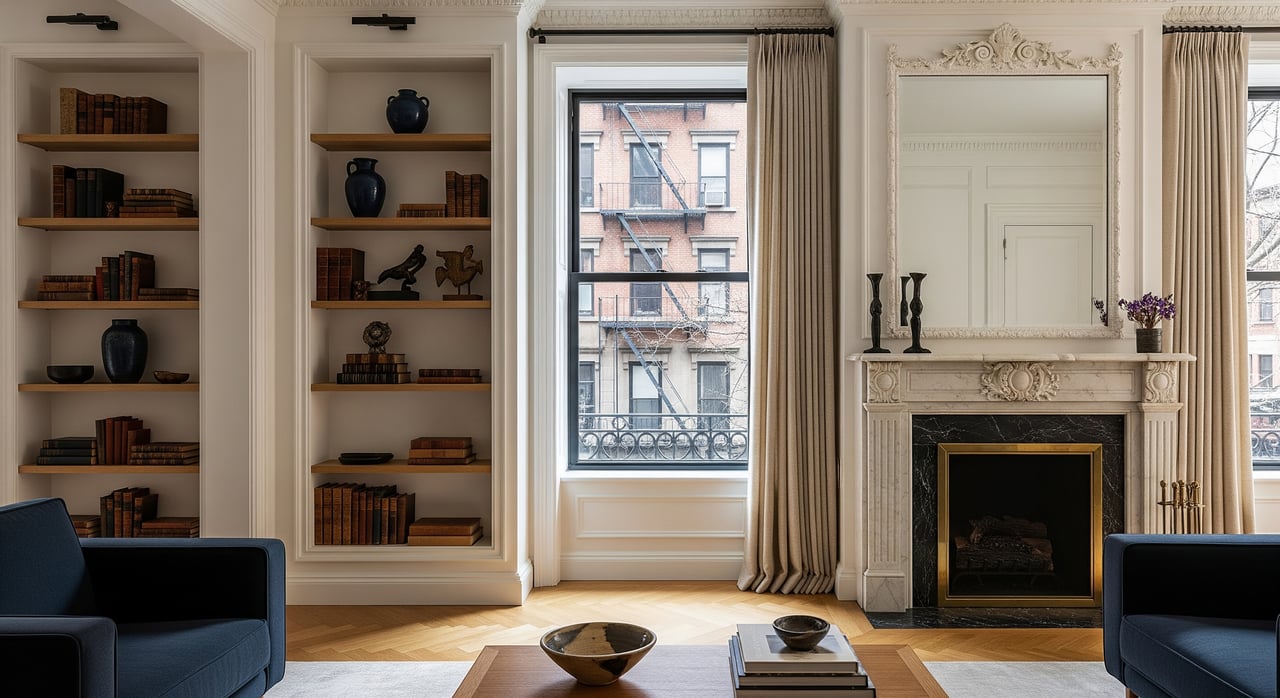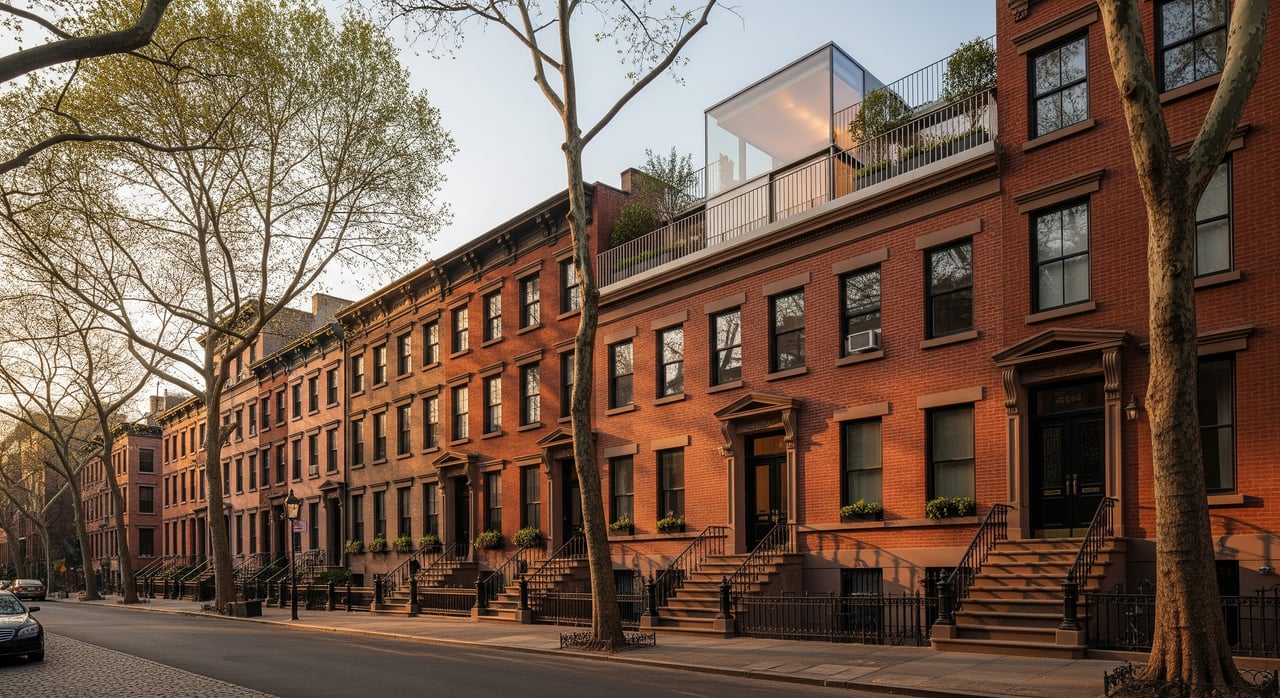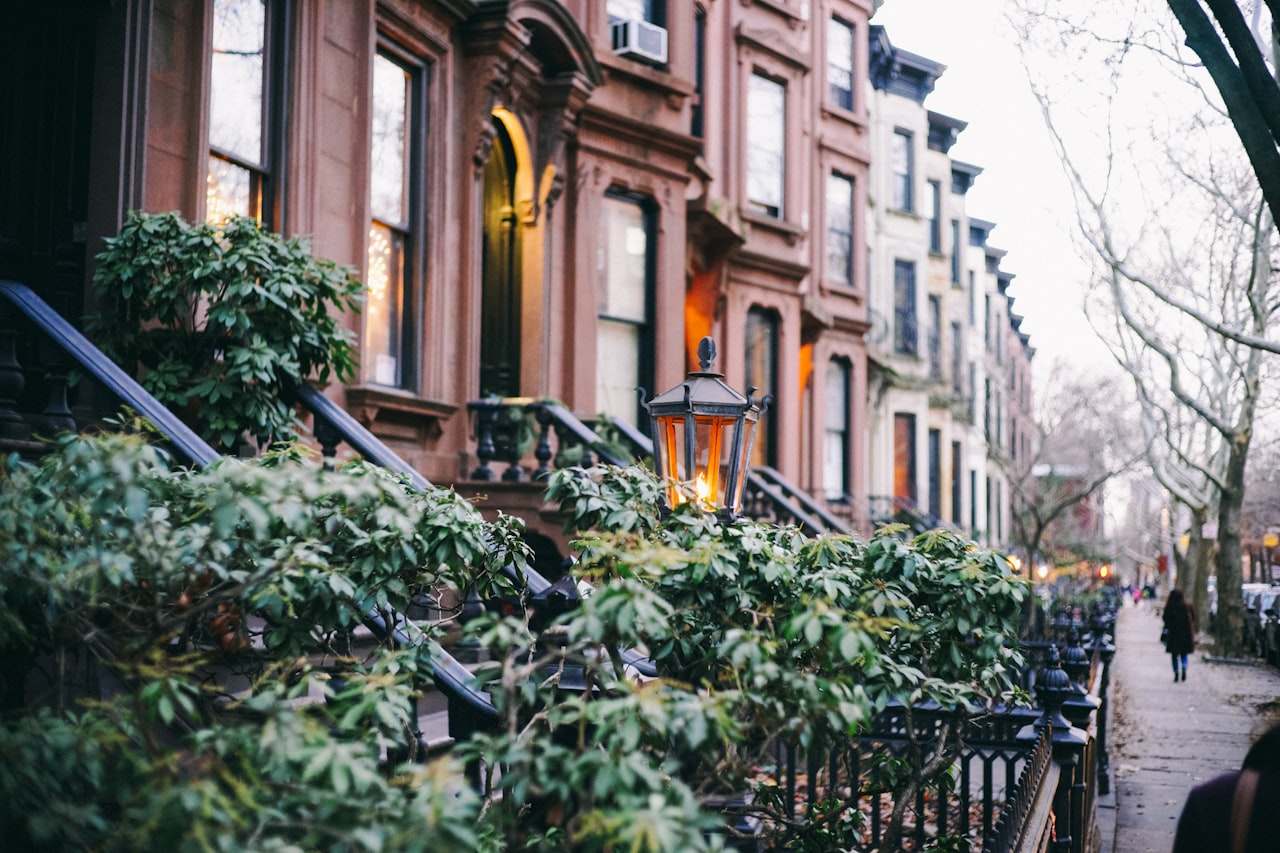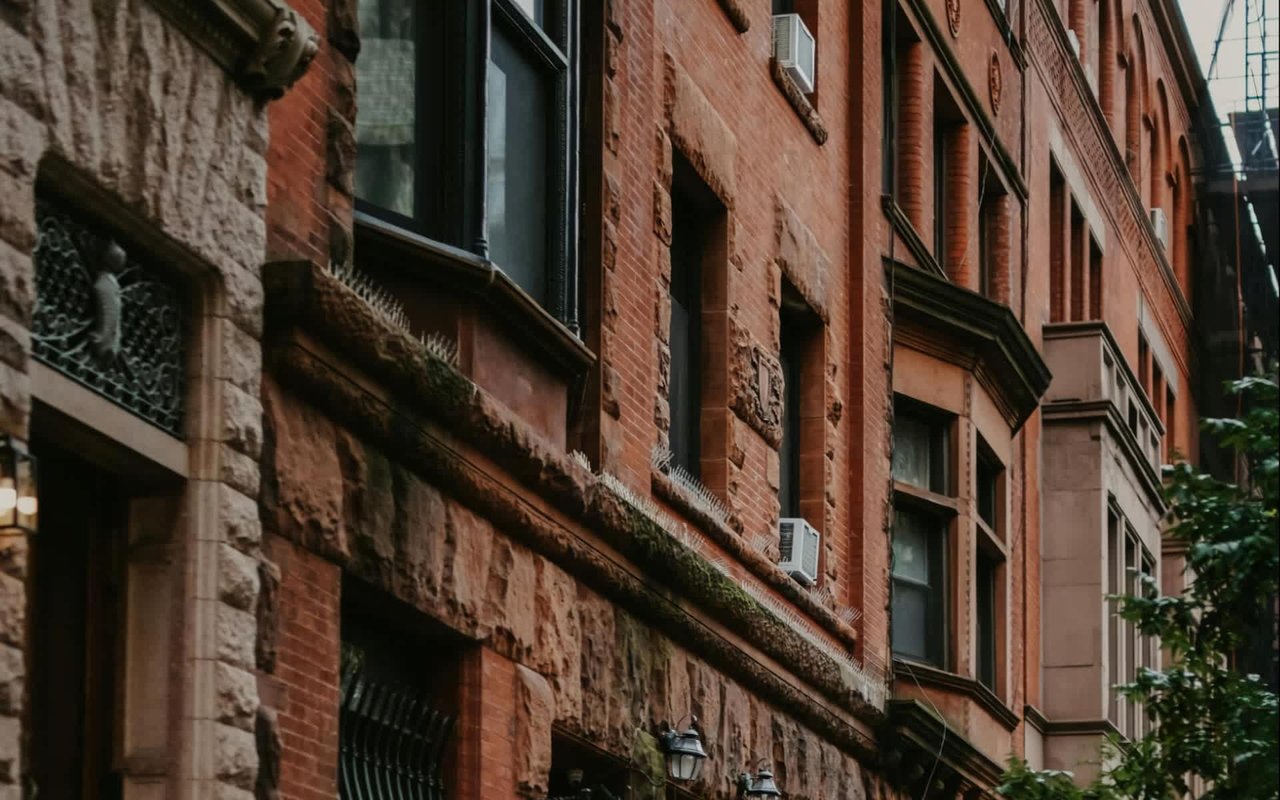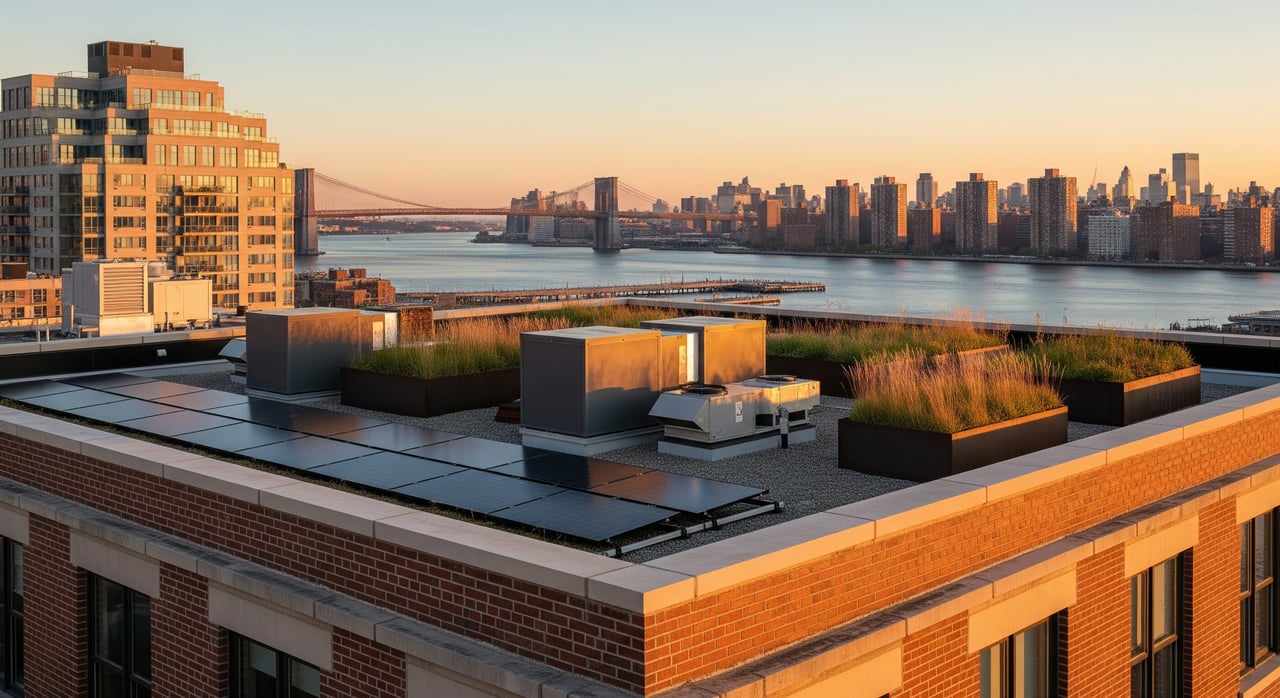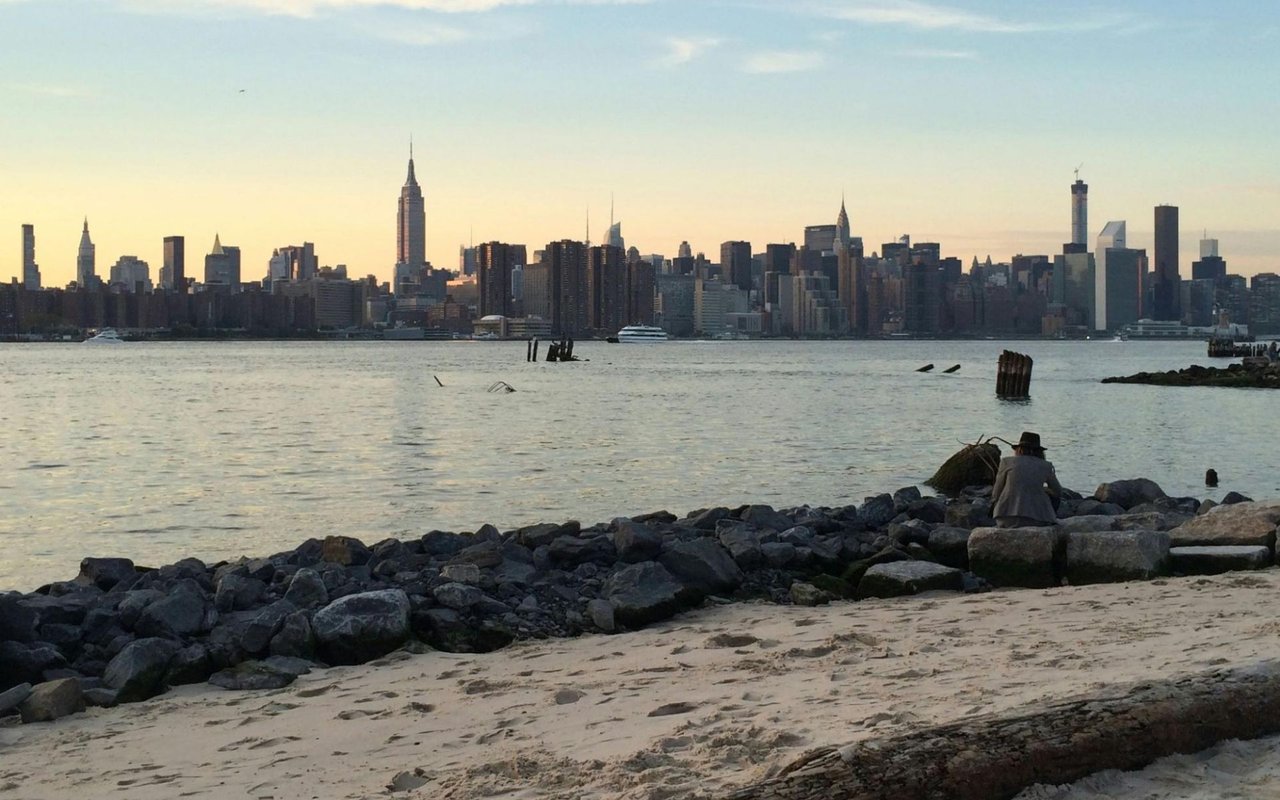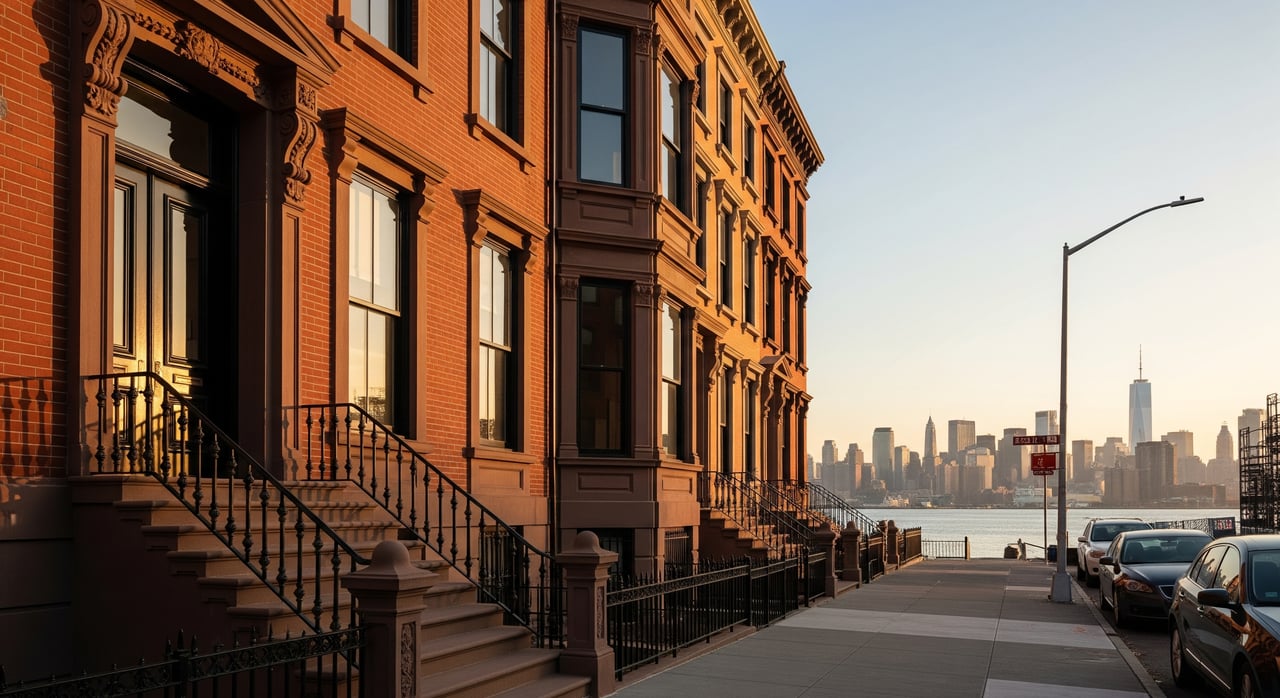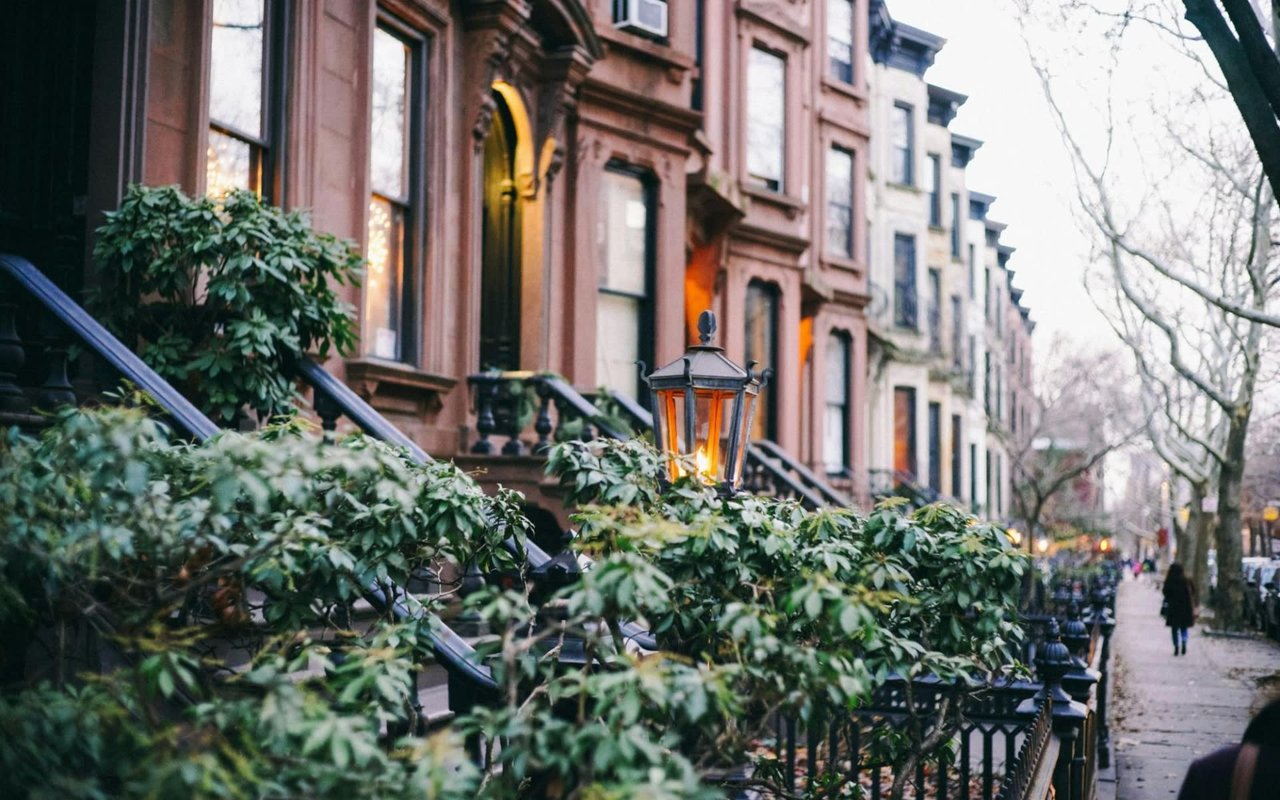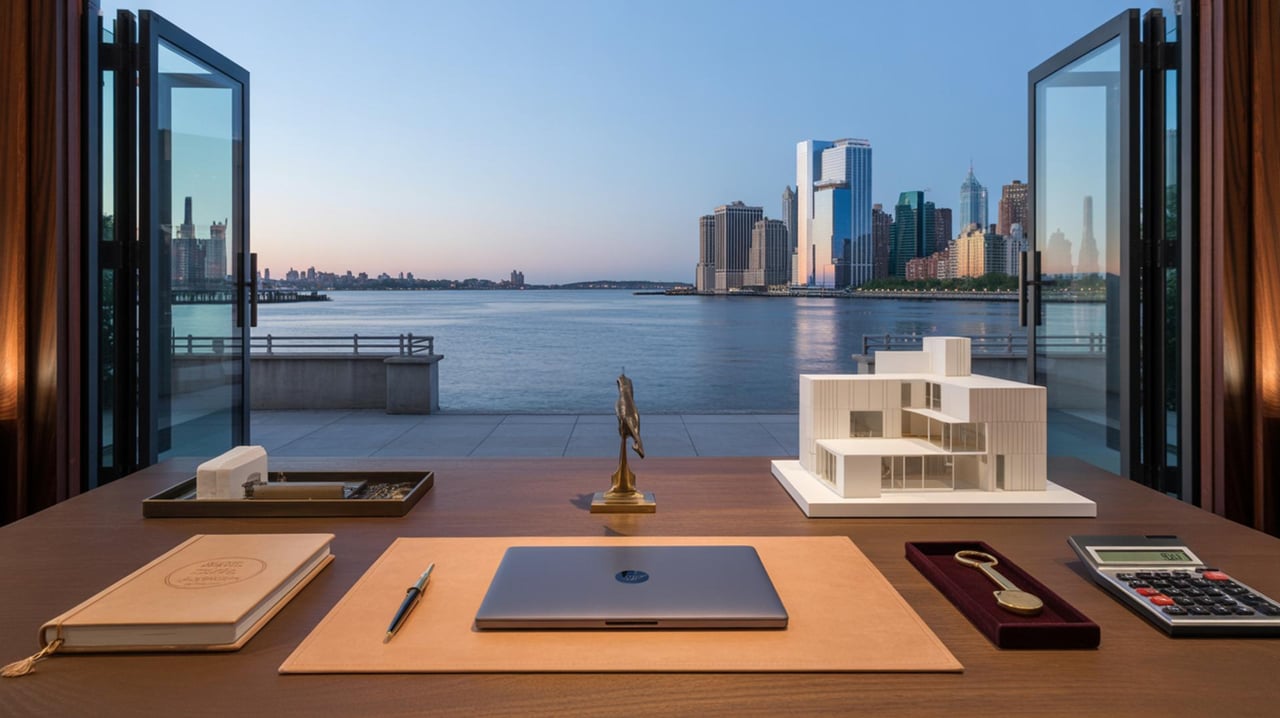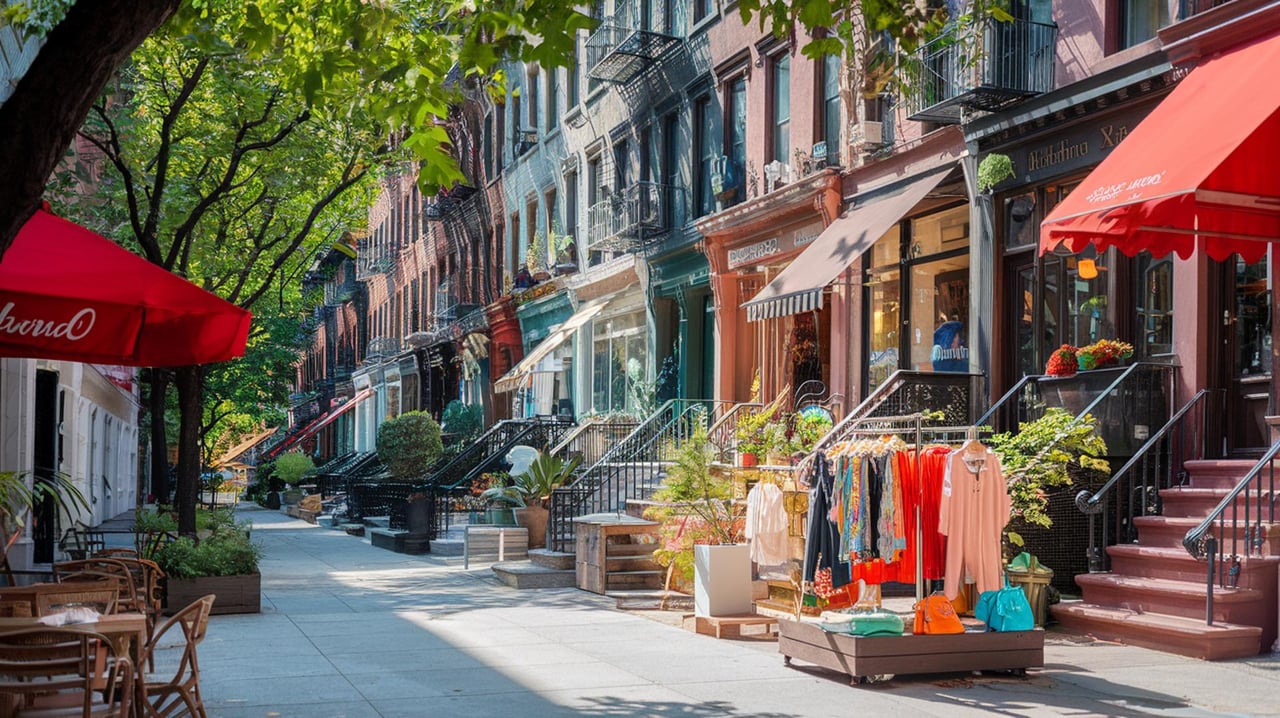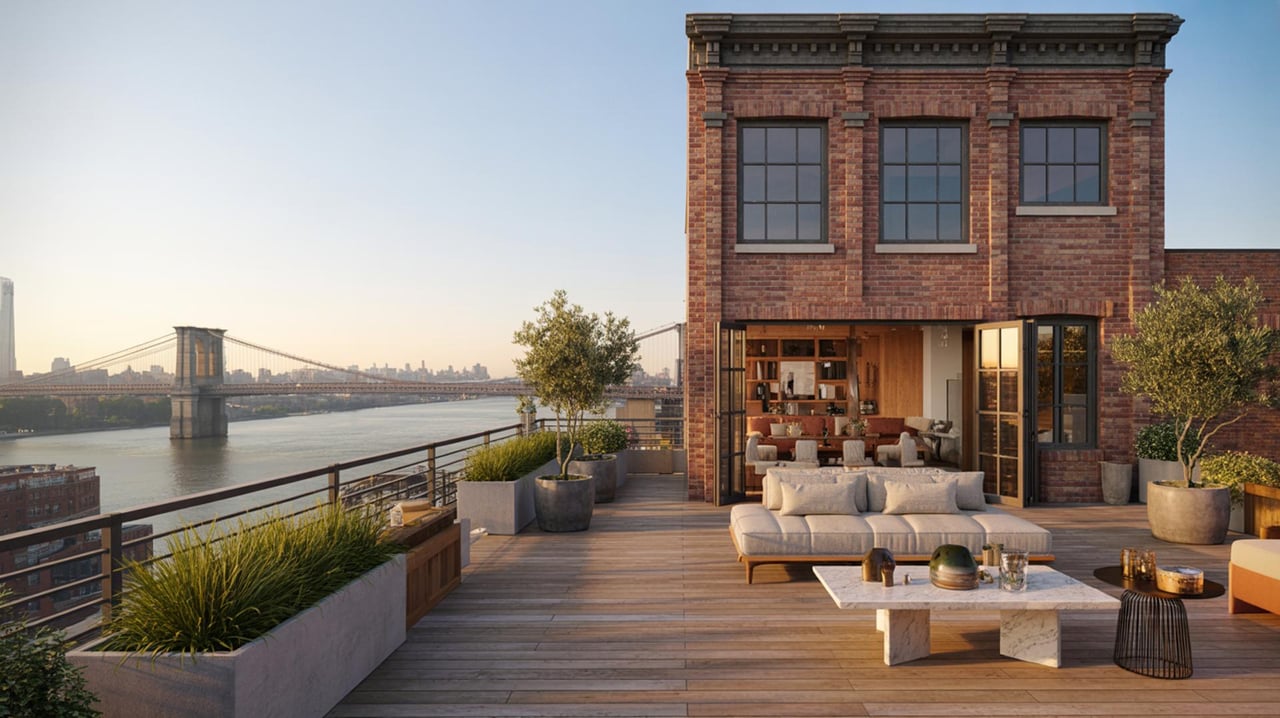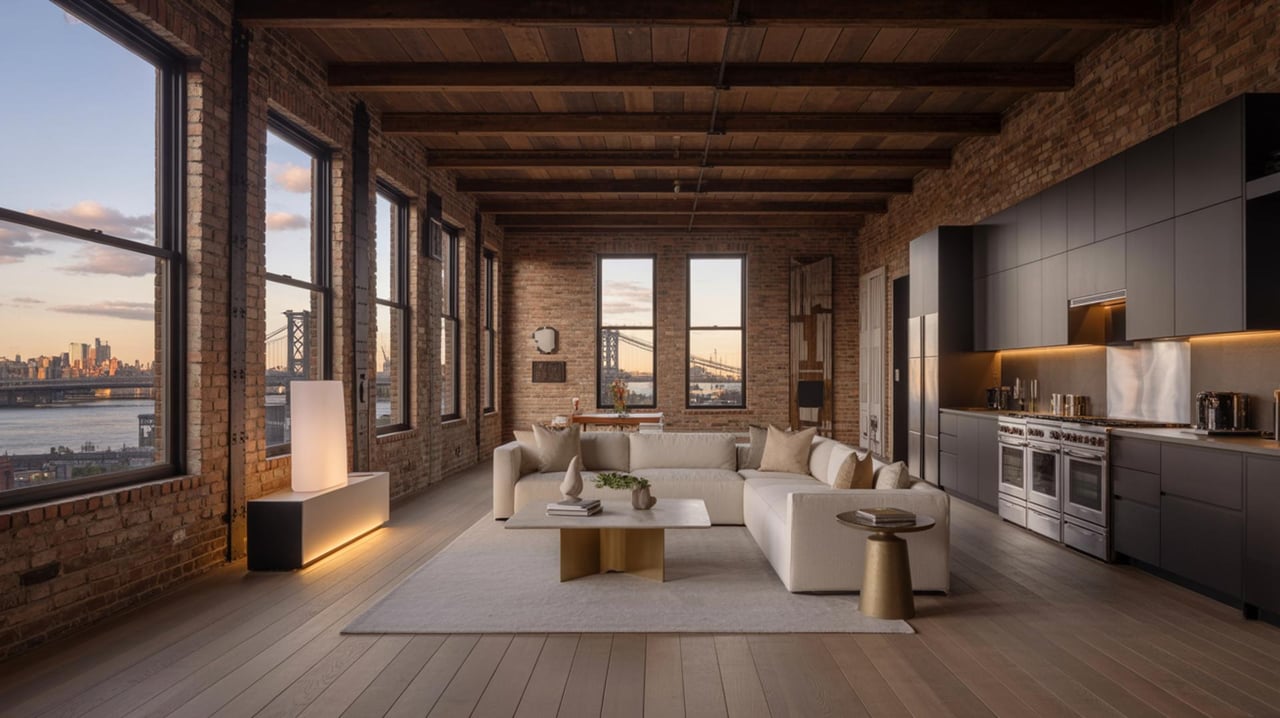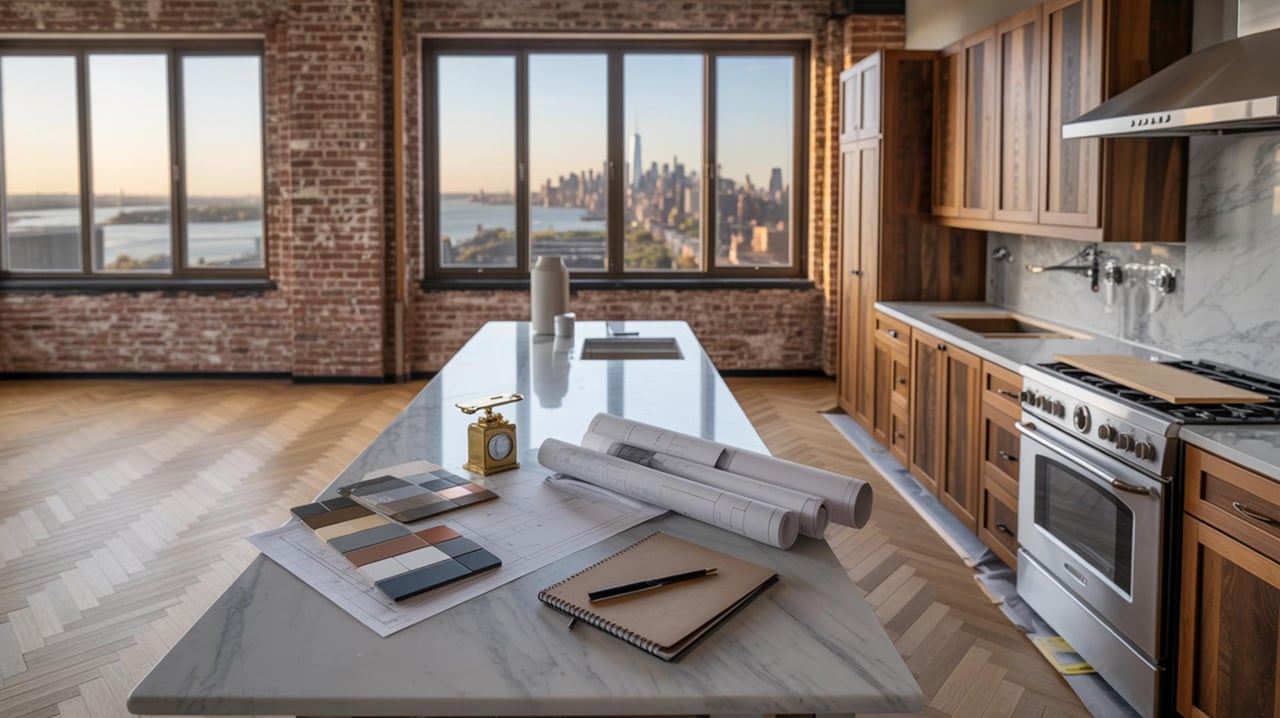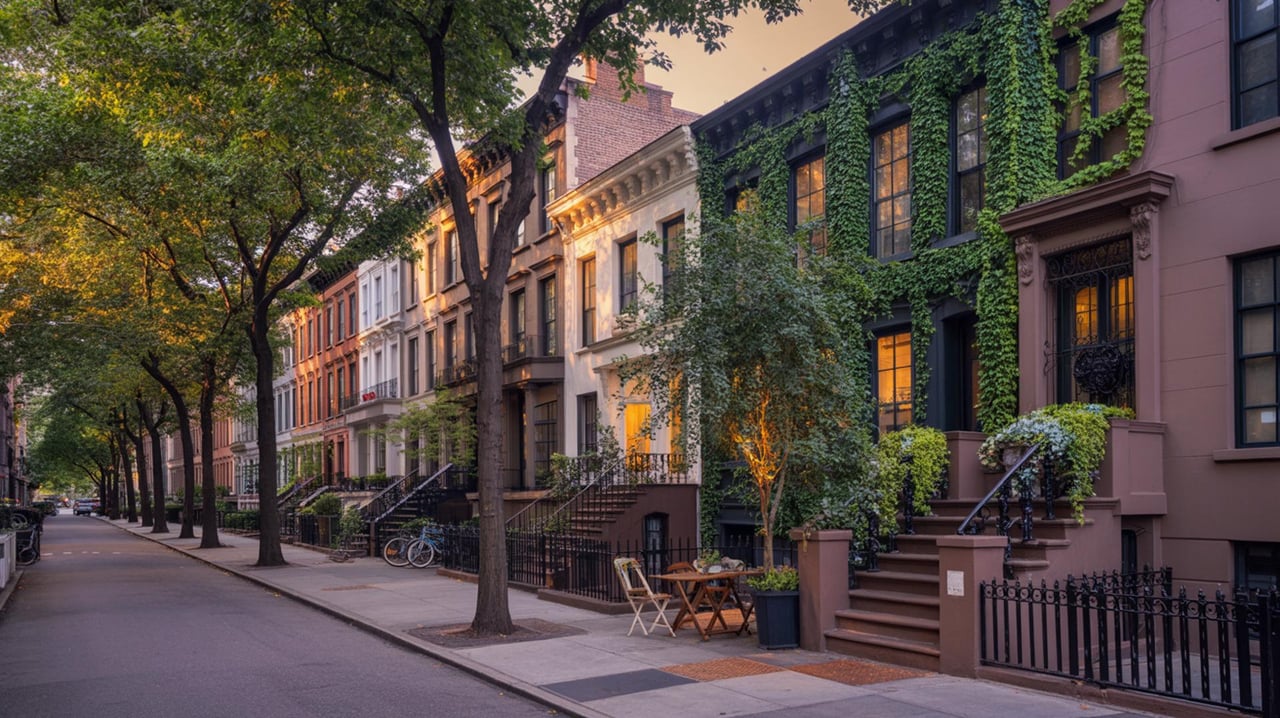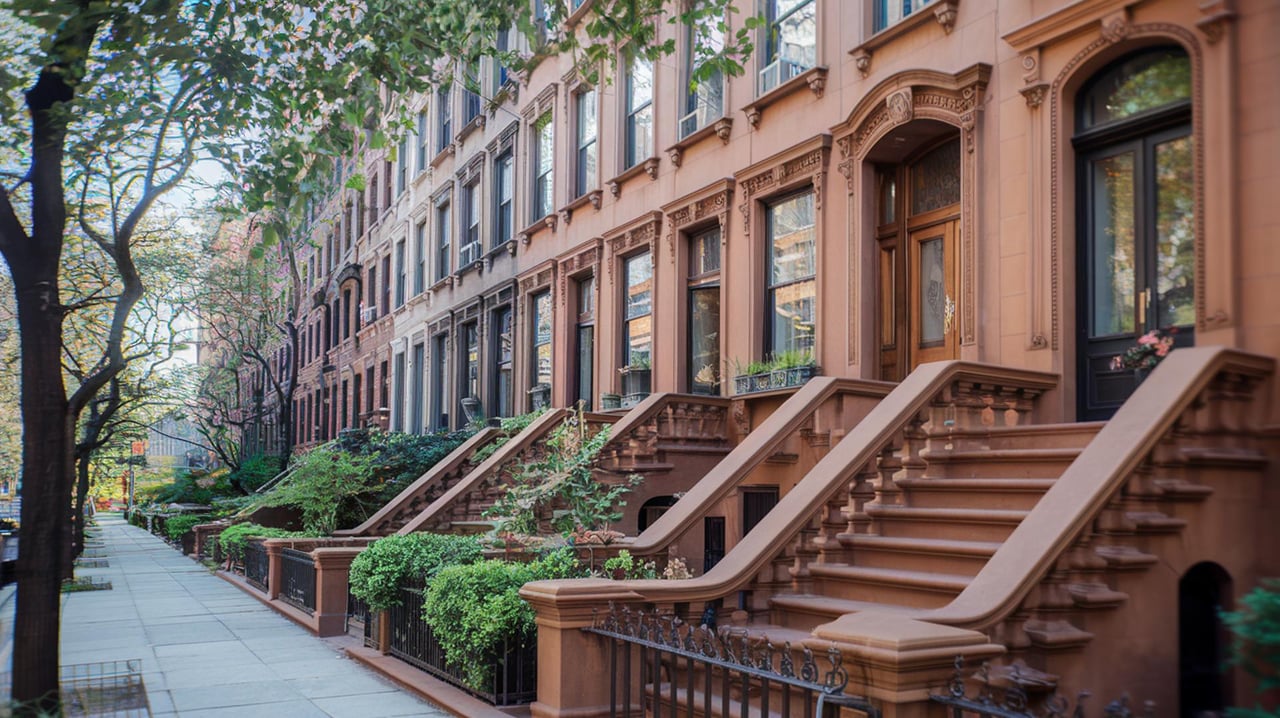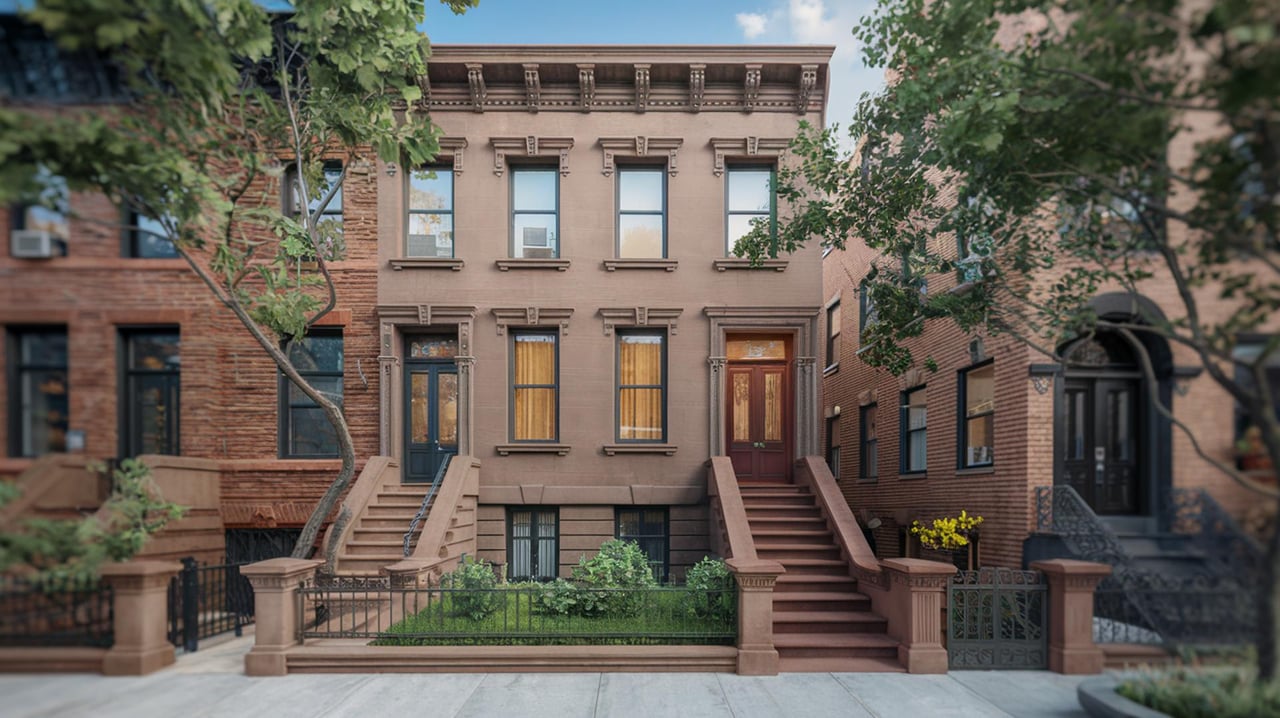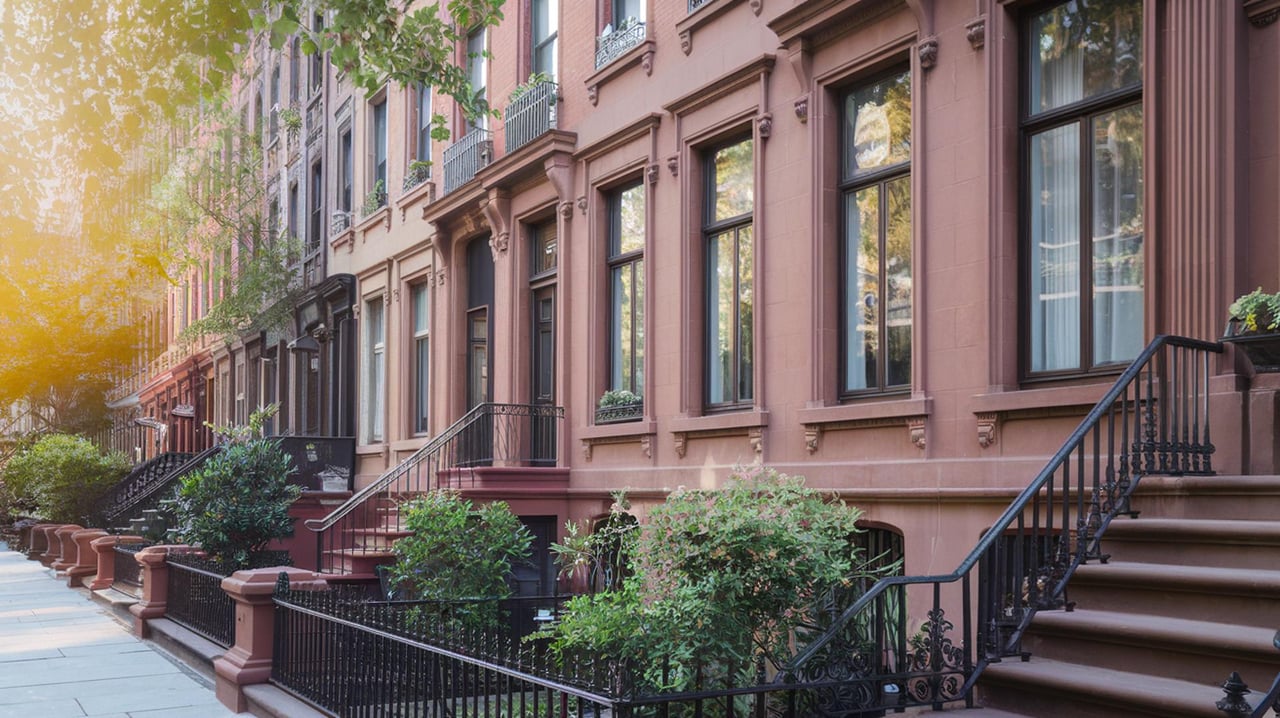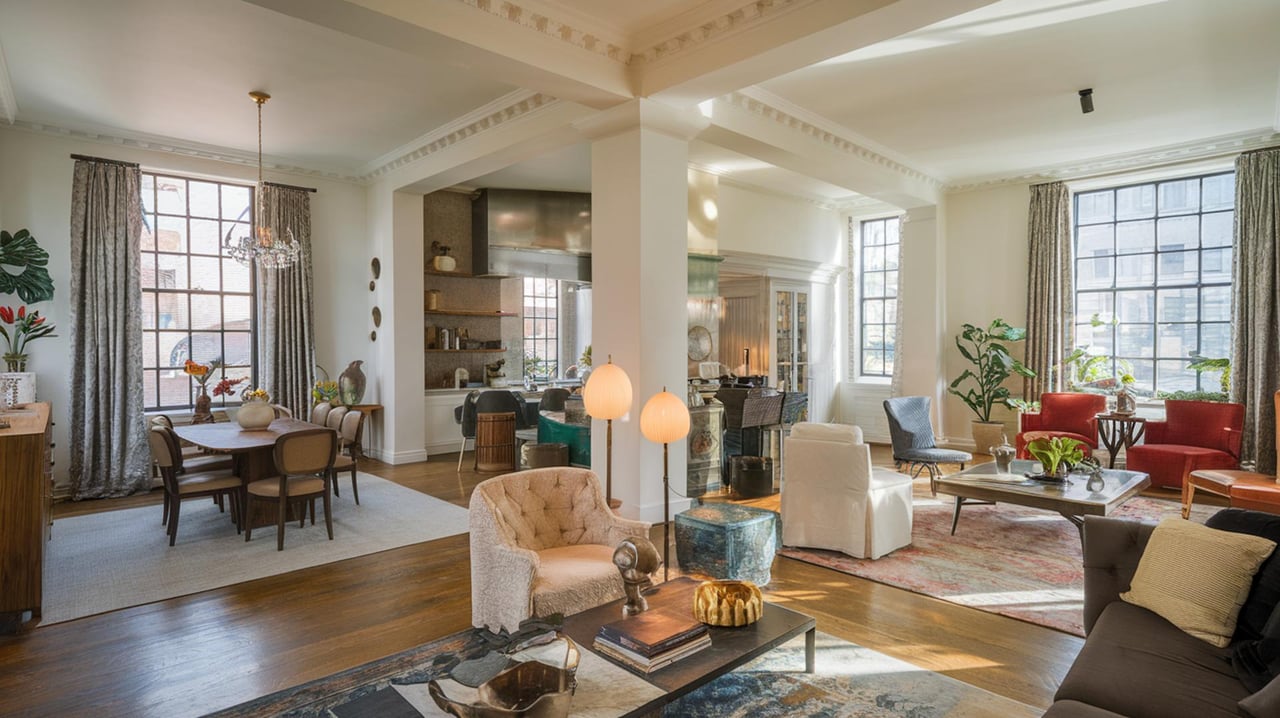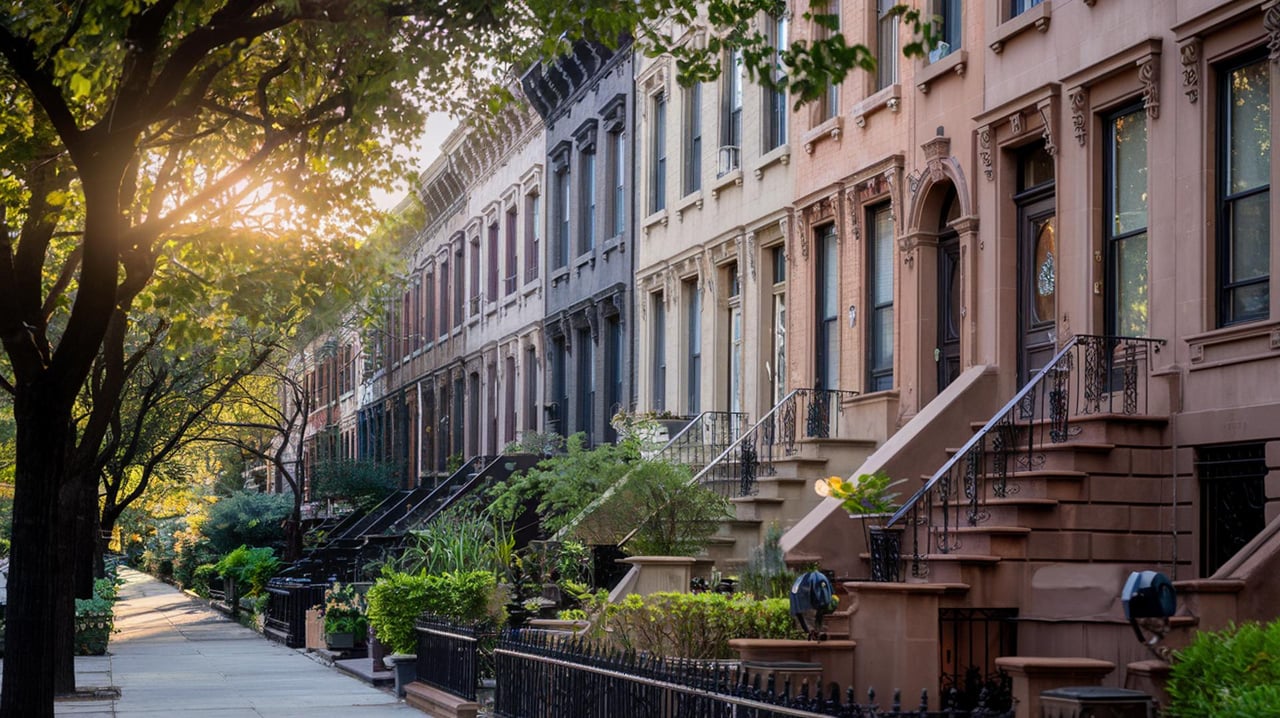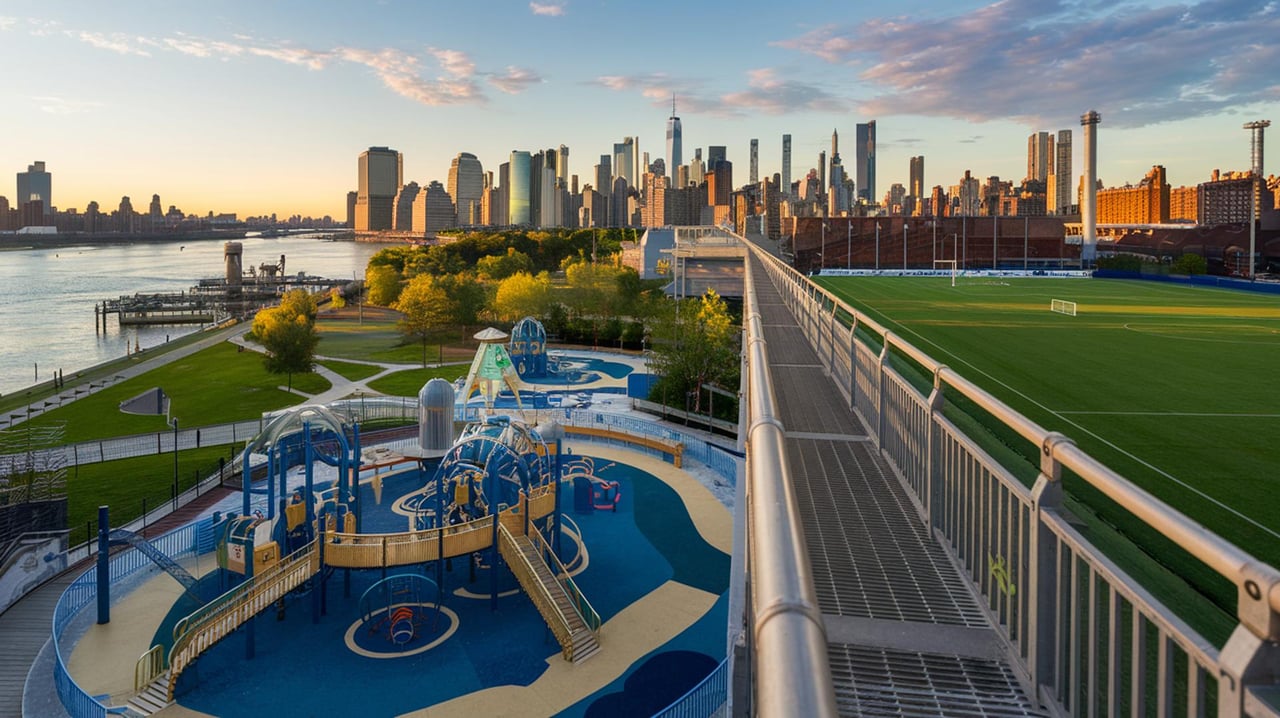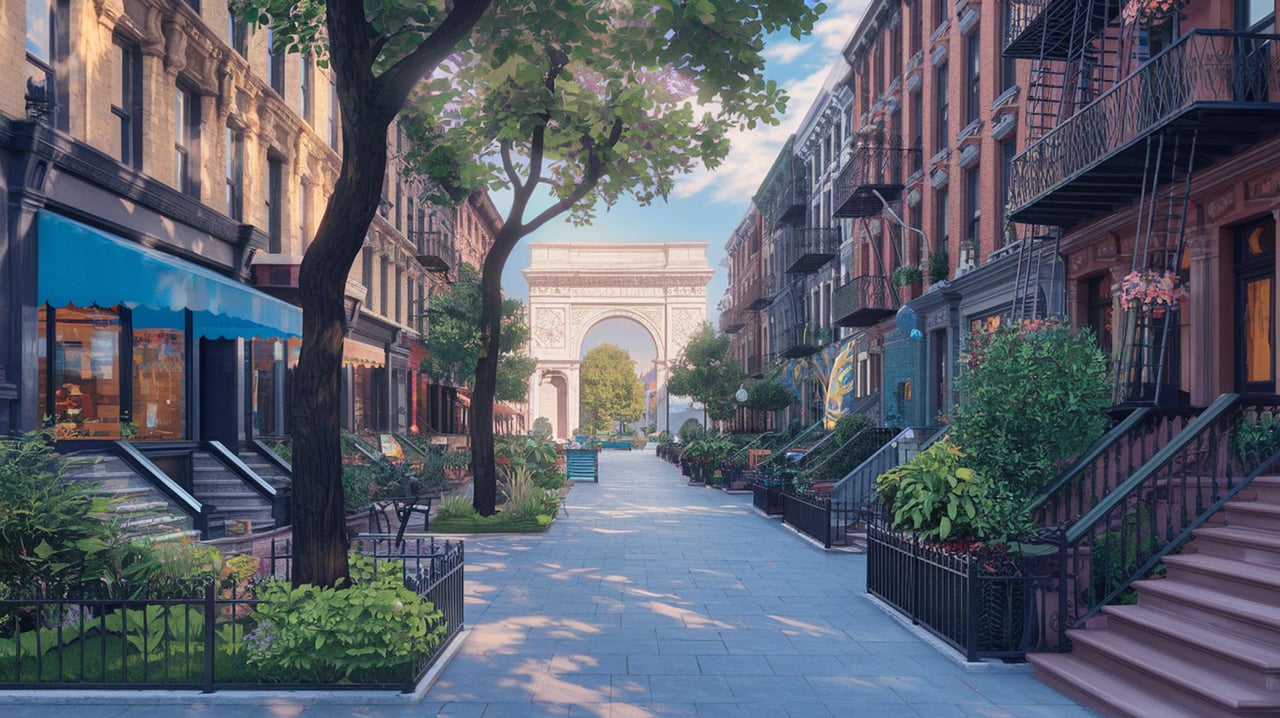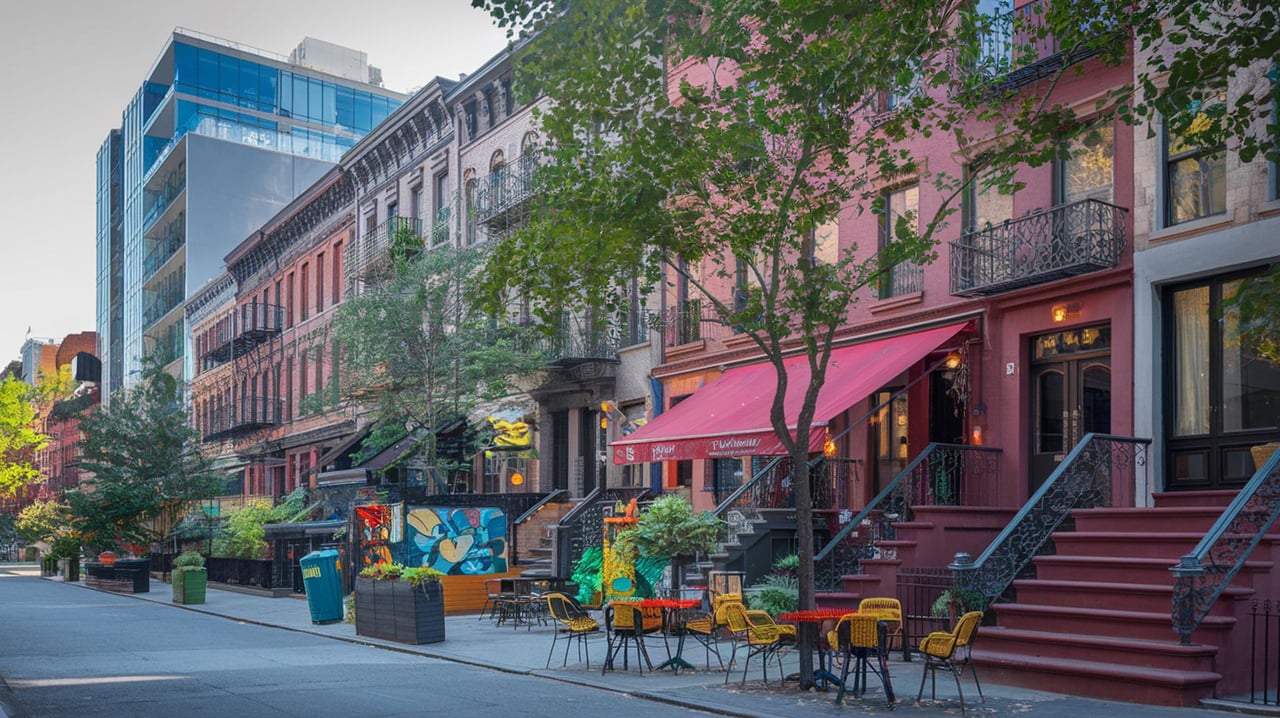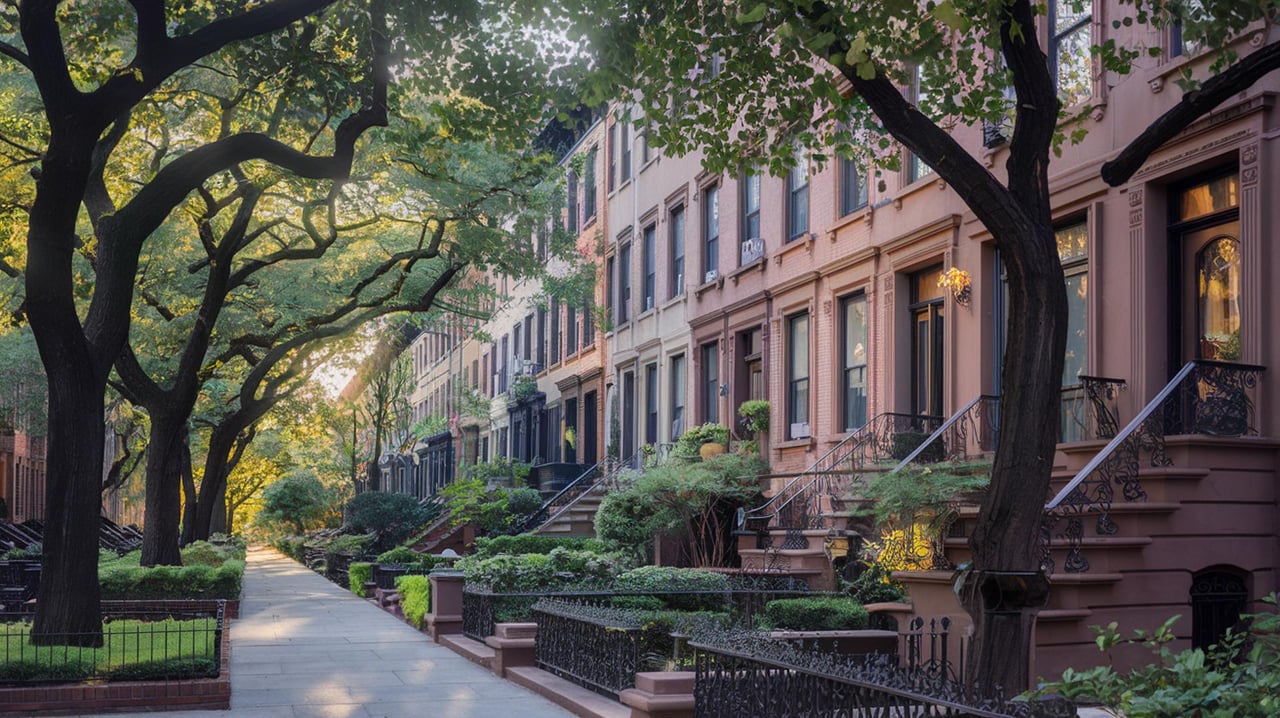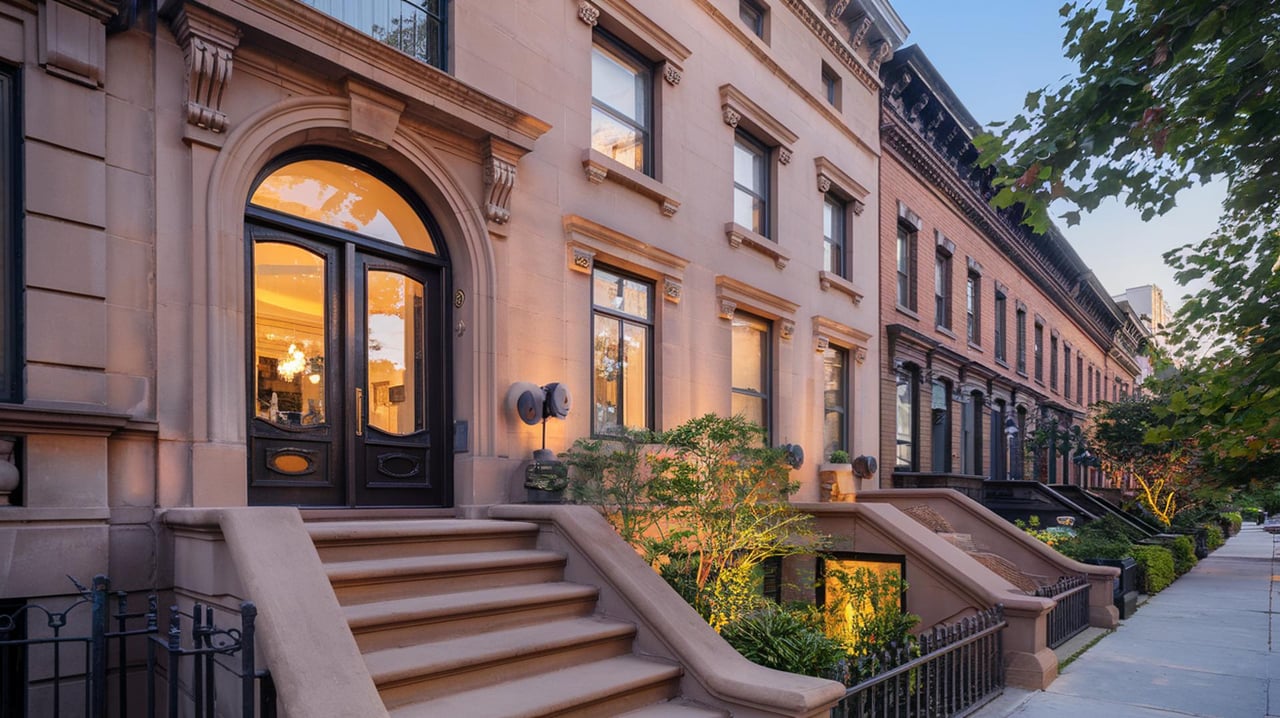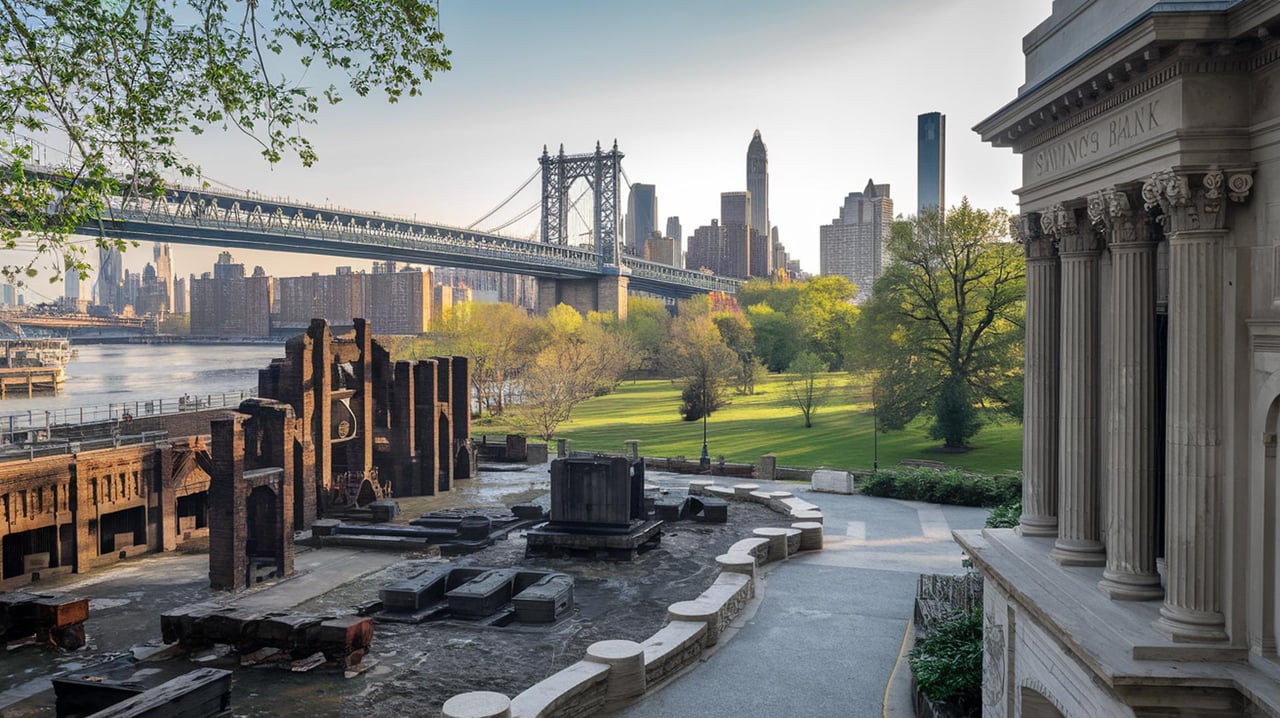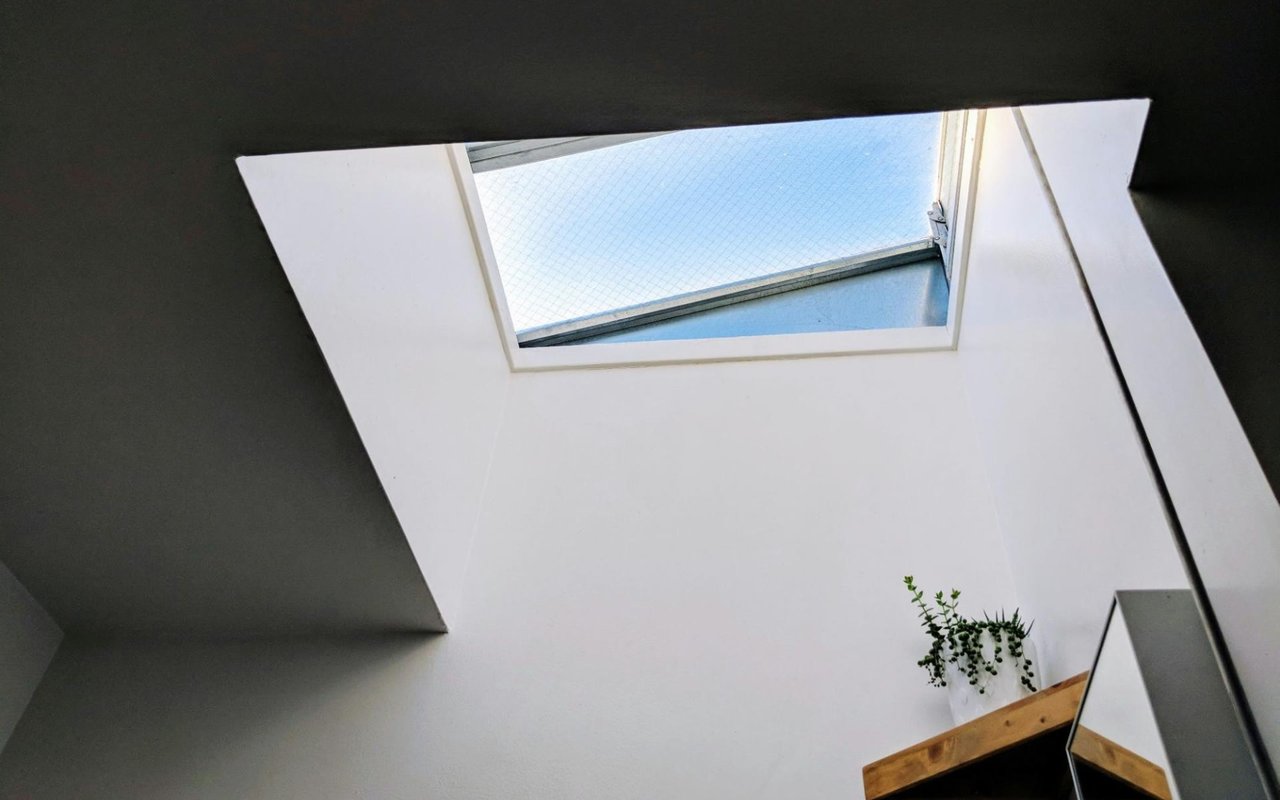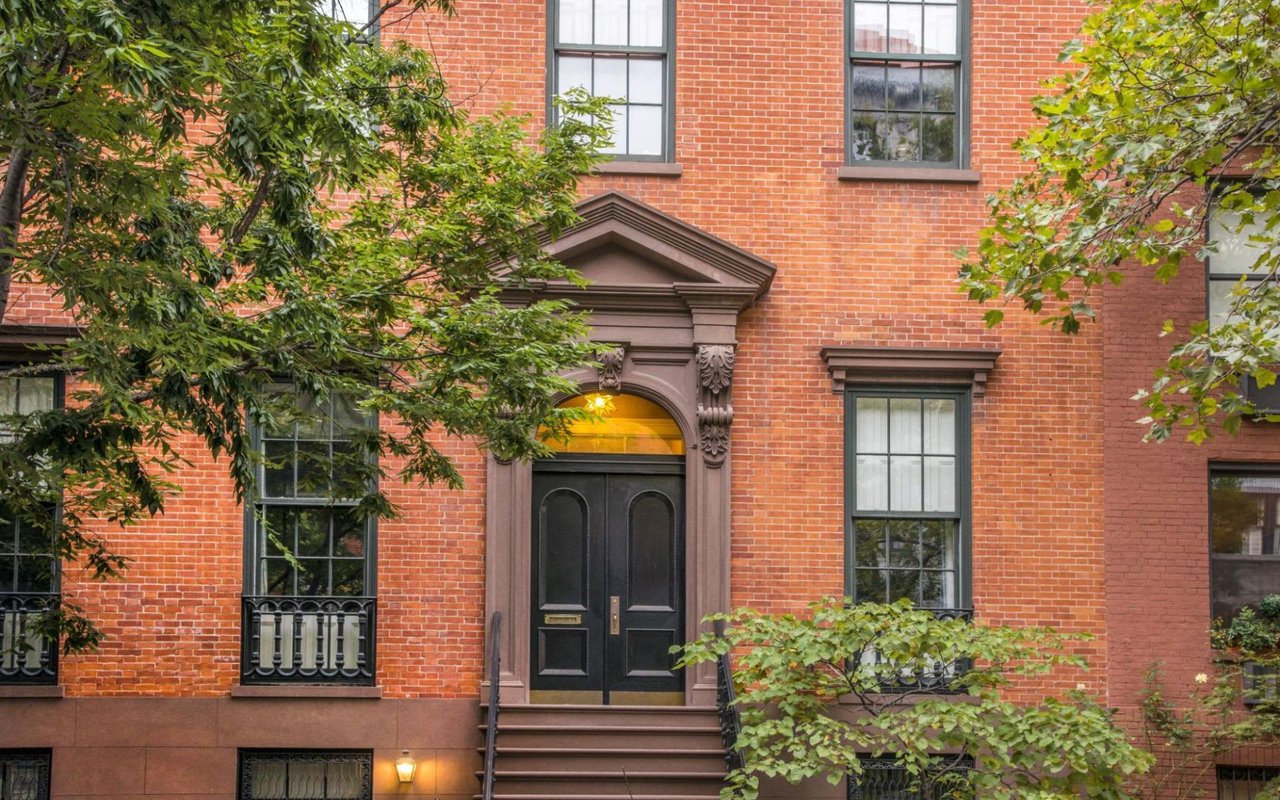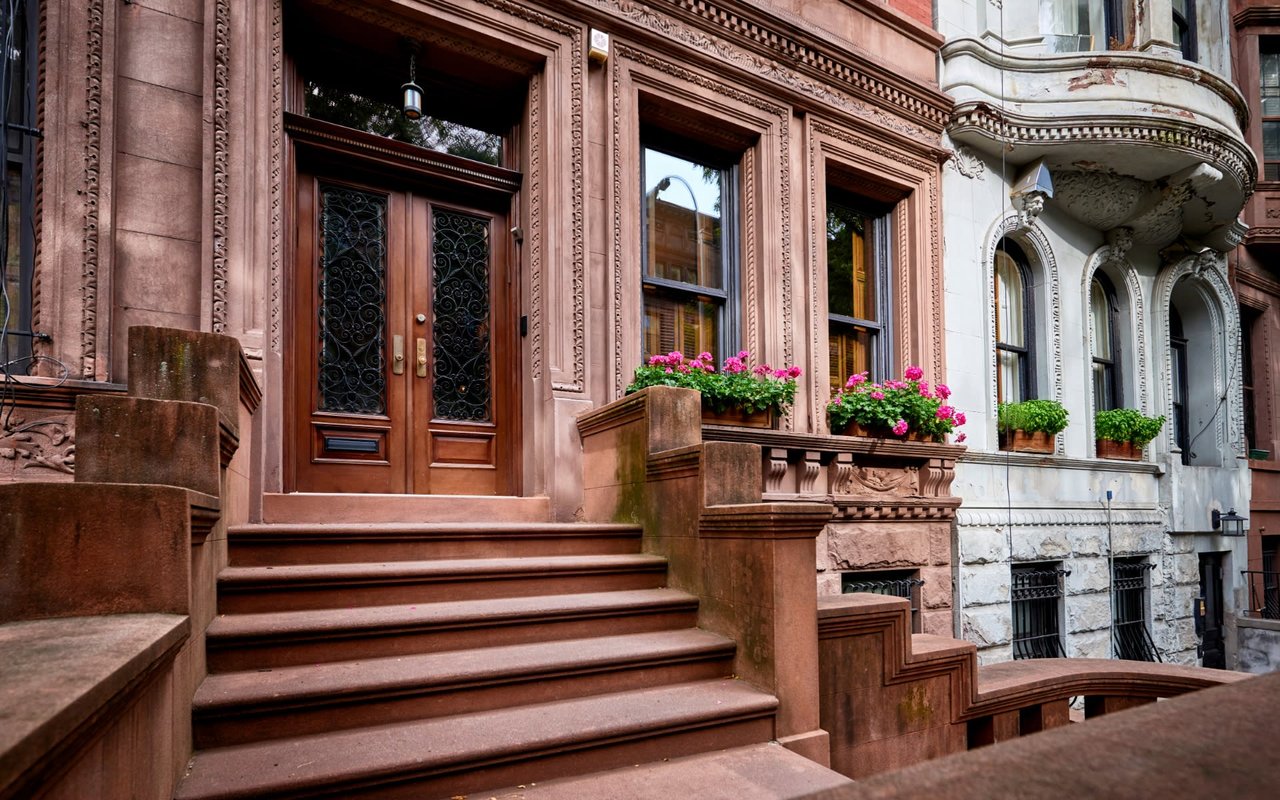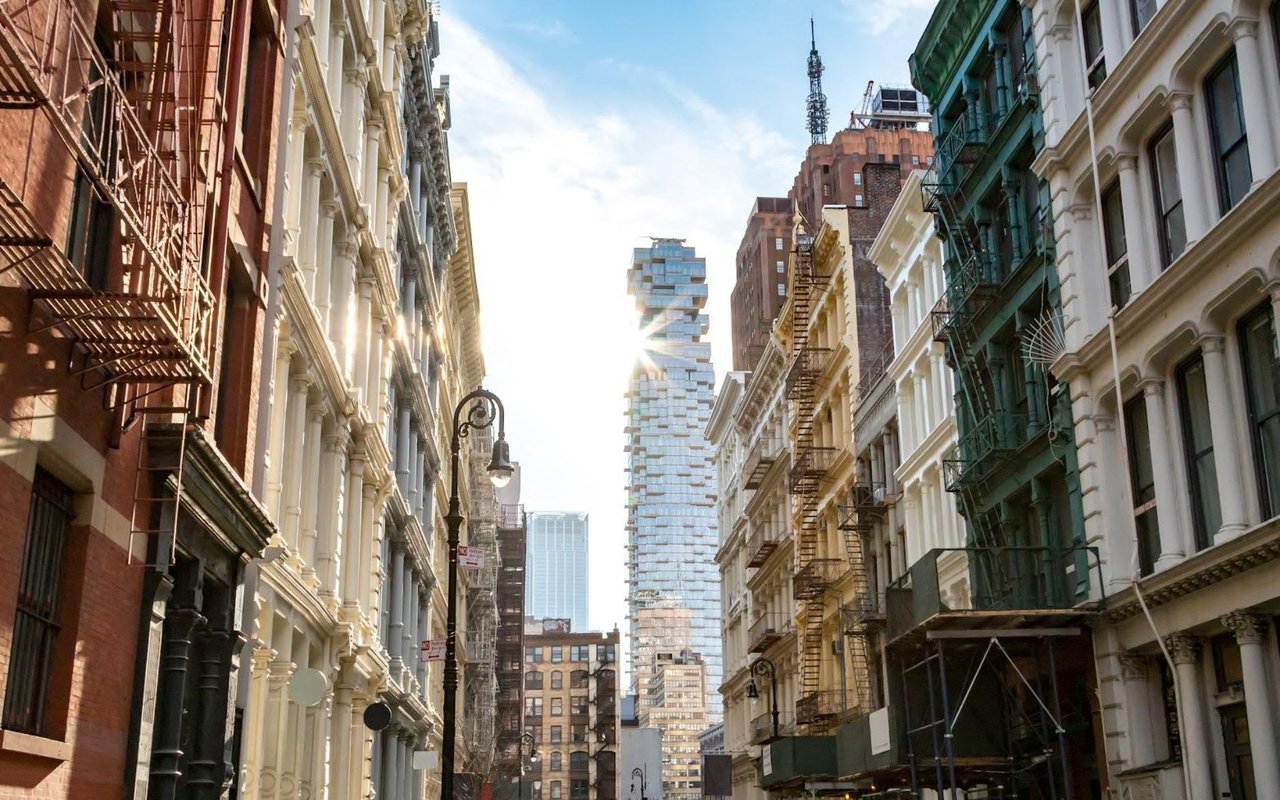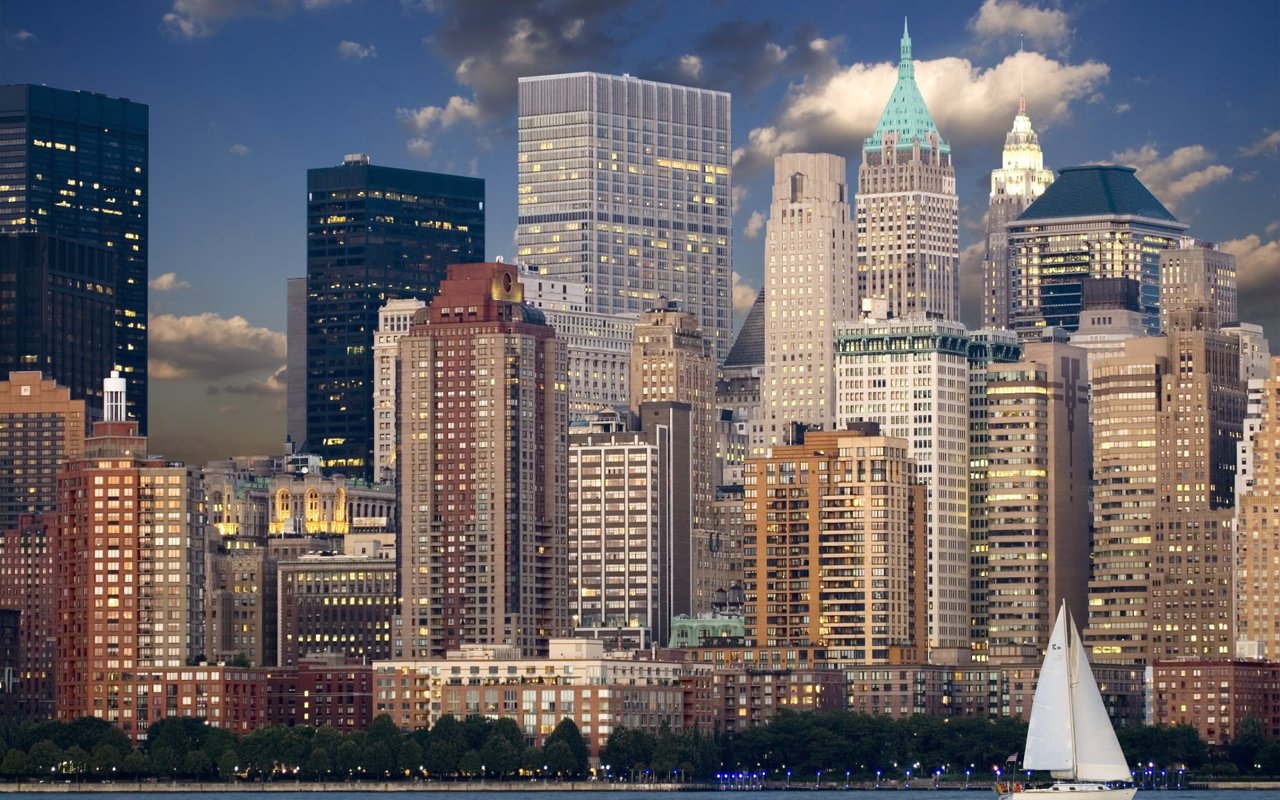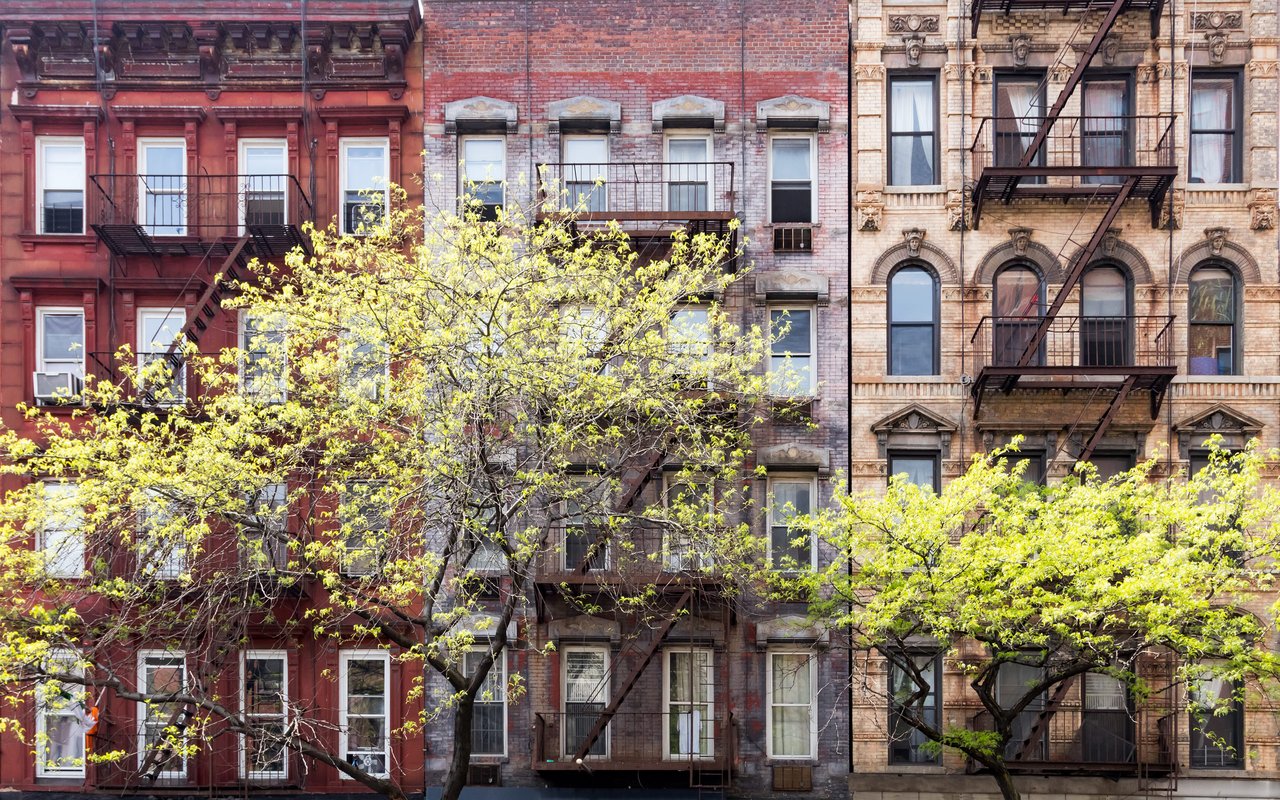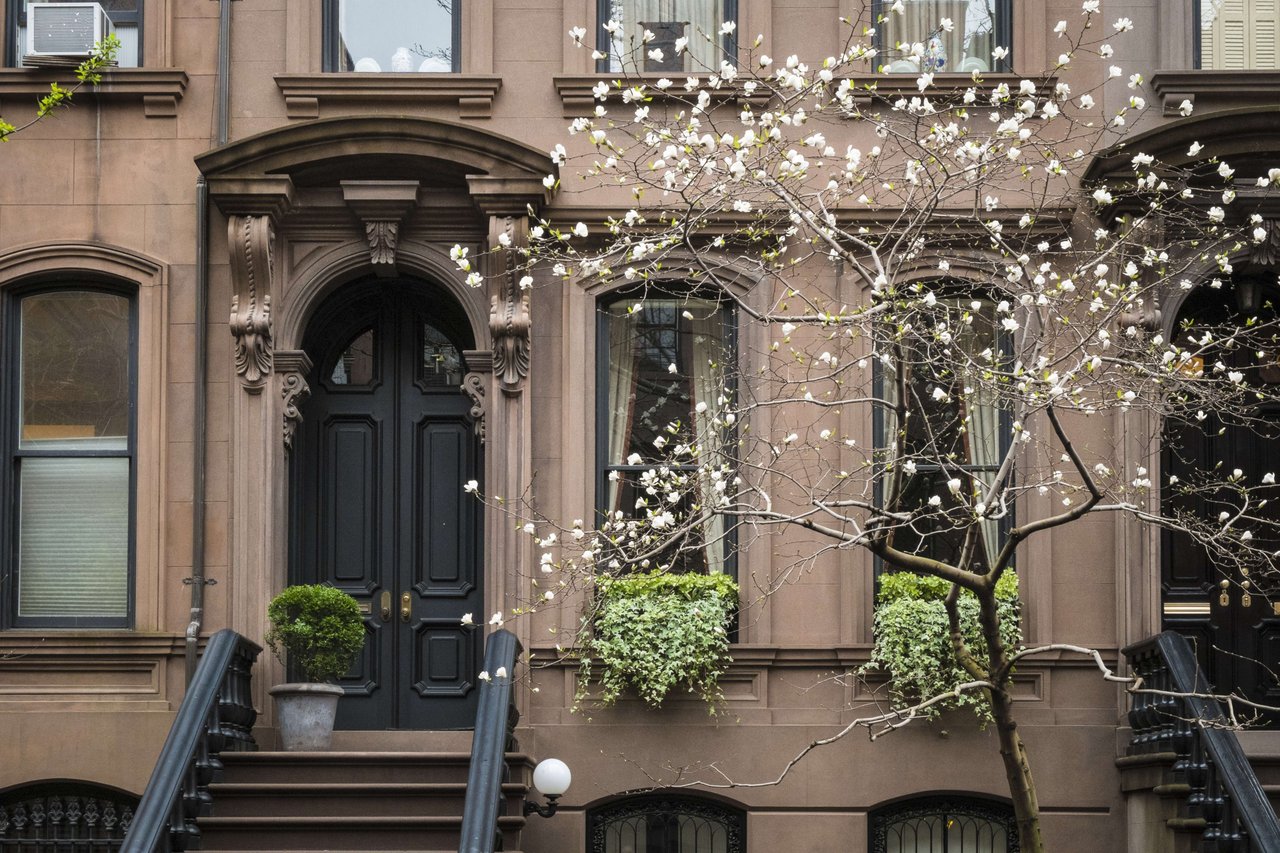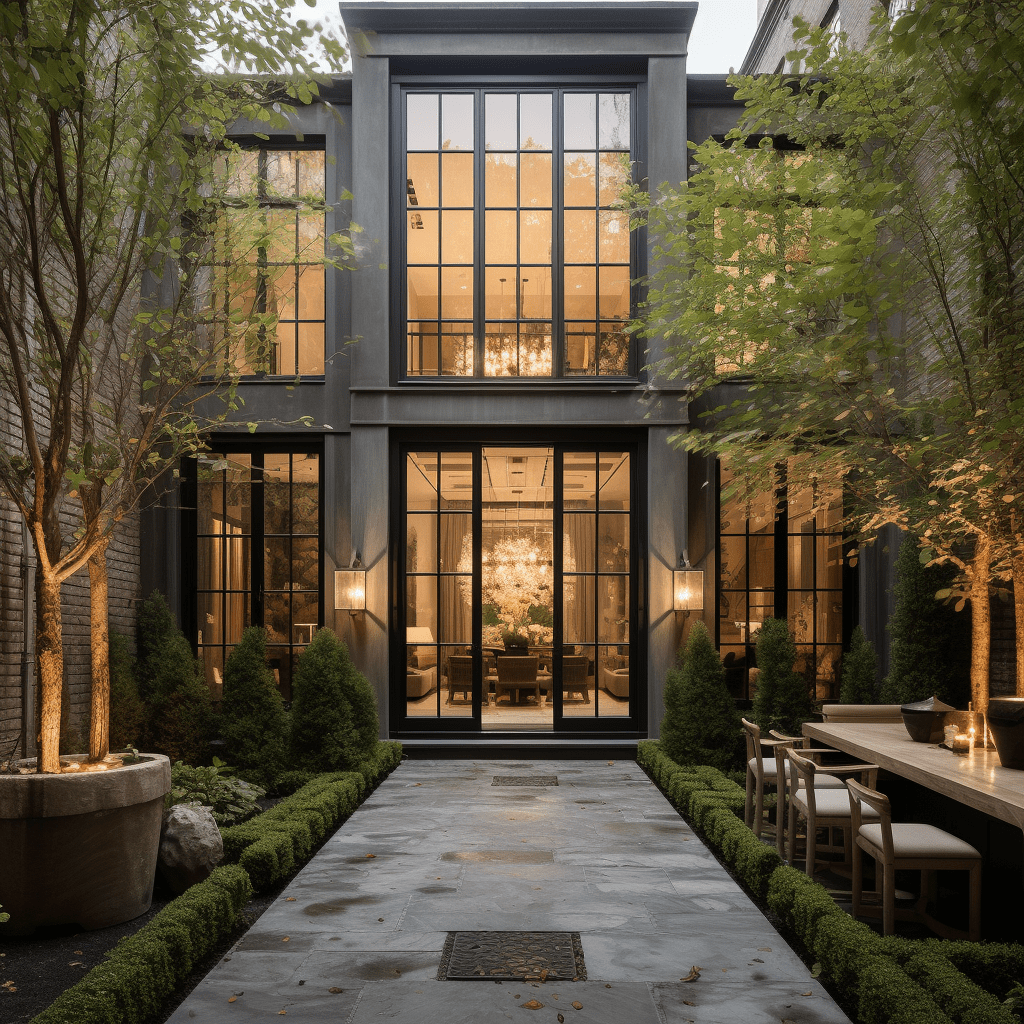The West Village in New York City is a treasure trove of architectural landmarks, each telling a unique story of the area's rich history and cultural evolution. From quaint, tree-lined streets to grand historic buildings, the West Village offers a glimpse into various architectural styles and eras that have shaped this charming neighborhood.
The Historical Significance of West Village Architecture
The West Village is renowned for its well-preserved 19th-century buildings, which reflect the diverse architectural influences that have contributed to its unique character. Walking through the West Village is like taking a journey through time, with each corner offering a new architectural delight. Here are some of the most iconic landmarks that define West Village NYC architecture:
1. The Jefferson Market Library
Originally built as the Jefferson Market Courthouse in 1877, this stunning Victorian Gothic building is one of the West Village's most recognizable landmarks. Designed by Frederick Clarke Withers, the building features a distinctive clock tower, intricate brickwork, and pointed arches. The courthouse was repurposed as a library in the 1960s, preserving its architectural grandeur while serving the community.
2. The Northern Dispensary
Located at the corner of Waverly Place and Christopher Street, the Northern Dispensary is a unique triangular building constructed in 1831. This Federal-style building has served various purposes over the years, including a medical clinic where Edgar Allan Poe once received treatment. Its distinctive shape and historical significance make it a key part of West Village NYC architecture.
3. The Church of St. Luke in the Fields
Founded in 1820, the Church of St. Luke in the Fields is an excellent example of early Gothic Revival architecture. The church's simple yet elegant design, featuring pointed arches and stained glass windows, reflects the architectural trends of the period. The surrounding gardens offer a peaceful retreat from the bustling city streets.
4. The Stonewall Inn
A symbol of the LGBTQ+ rights movement, the Stonewall Inn is not only a historic landmark but also a crucial part of American history. The building itself, constructed in the 1840s, is a typical example of the Federal style with its brick facade and symmetrical windows. The Stonewall Riots of 1969 transformed this modest building into a symbol of equality and justice.
5. Grove Court
Tucked away on Grove Street, Grove Court is a charming enclave of six Greek Revival townhouses built in the 1850s. These picturesque homes are set back from the street, offering a quiet and private oasis in the heart of the West Village. The quaint setting and historic architecture make Grove Court a highly sought-after location in West Village real estate.
The Evolution of West Village Properties
The architectural landscape of the West Village has evolved significantly over the centuries, influenced by various styles and the neighborhood's dynamic history. Here are some key architectural styles that have left their mark on West Village properties:
Federal Style
The Federal style, prevalent in the early 19th century, is characterized by its simplicity and elegance. Typical features include flat facades, symmetrical windows, and minimal ornamentation. Many early West Village properties, like the Northern Dispensary, showcase this understated yet refined style.
Greek Revival Style
Emerging in the mid-19th century, the Greek Revival style brought grandeur and classical elements to West Village architecture. Tall columns, pediments, and bold moldings are hallmarks of this style. Grove Court is a perfect example of Greek Revival townhouses, reflecting the influence of ancient Greek architecture.
Italianate Style
The Italianate style became popular in the mid-to-late 19th century, introducing ornate details and a sense of opulence to West Village properties. High stoops, elaborate cornices, and tall, narrow windows are characteristic of this style. Many of the brownstones in the West Village, with their intricate facades and decorative elements, are quintessential Italianate homes.
Gothic Revival Style
The Gothic Revival style, as seen in the Church of St. Luke in the Fields, emphasized verticality and ornate details reminiscent of medieval European cathedrals. Pointed arches, tracery, and stained glass windows are typical features of this style, adding a sense of drama and spirituality to the architecture.
Victorian Gothic Style
Victorian Gothic architecture, exemplified by the Jefferson Market Library, combines the intricate detailing of the Gothic Revival with the eclecticism of the Victorian era. This style is known for its elaborate ornamentation, use of contrasting materials, and complex rooflines.
Partner with The Mark O'Brien Team
Explore the architectural wonders of the West Village with the help of The Mark O'Brien Team. Whether you're looking to buy, sell, or invest in West Village real estate, The Mark O'Brien Team offers unparalleled knowledge and personalized service to help you find the perfect property. Contact them today to start your journey in the historic and enchanting West Village.


